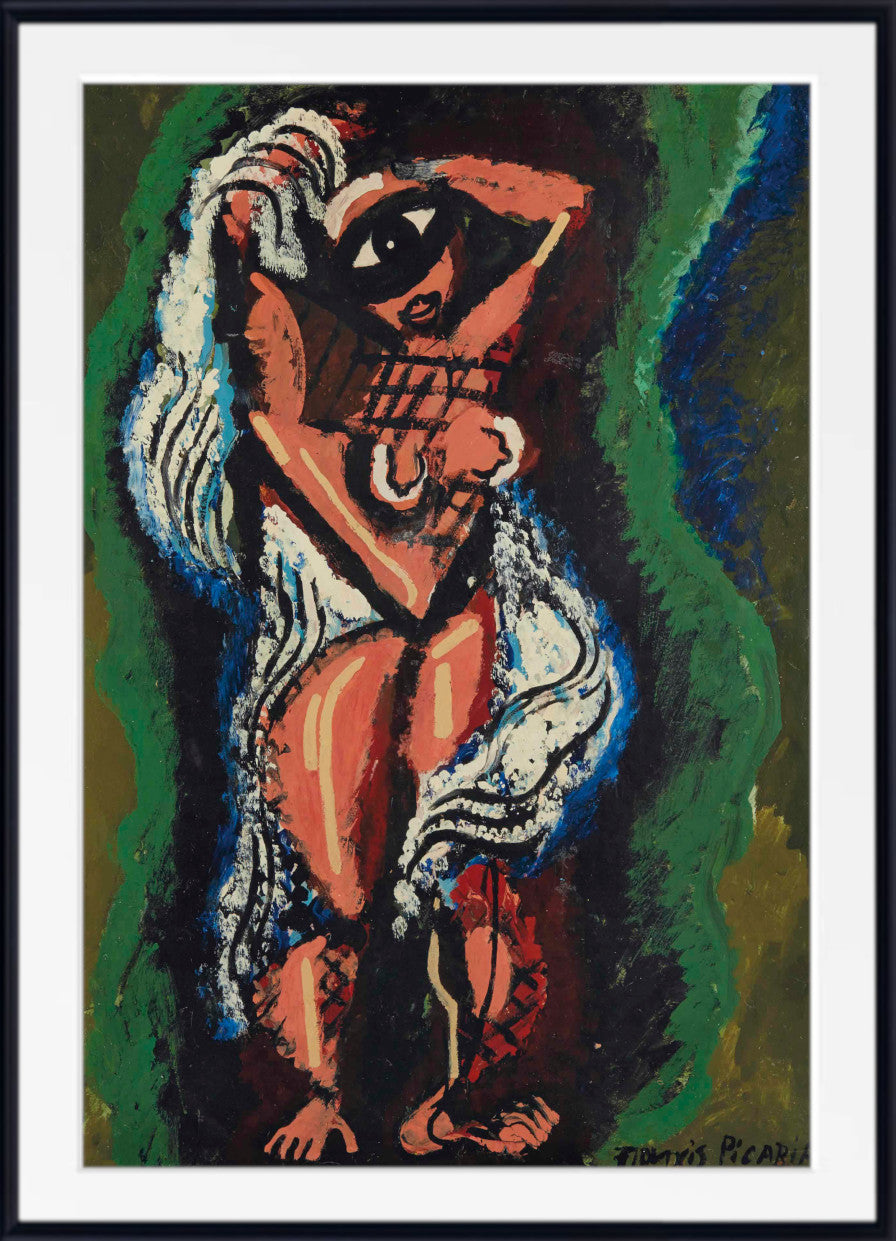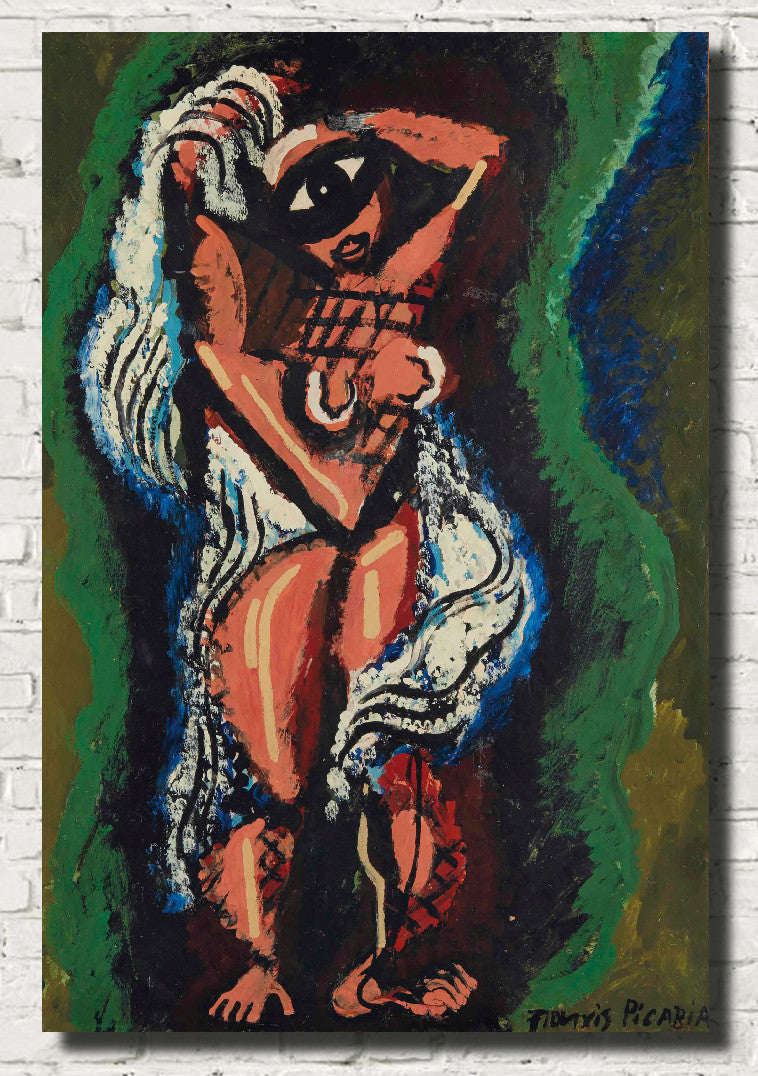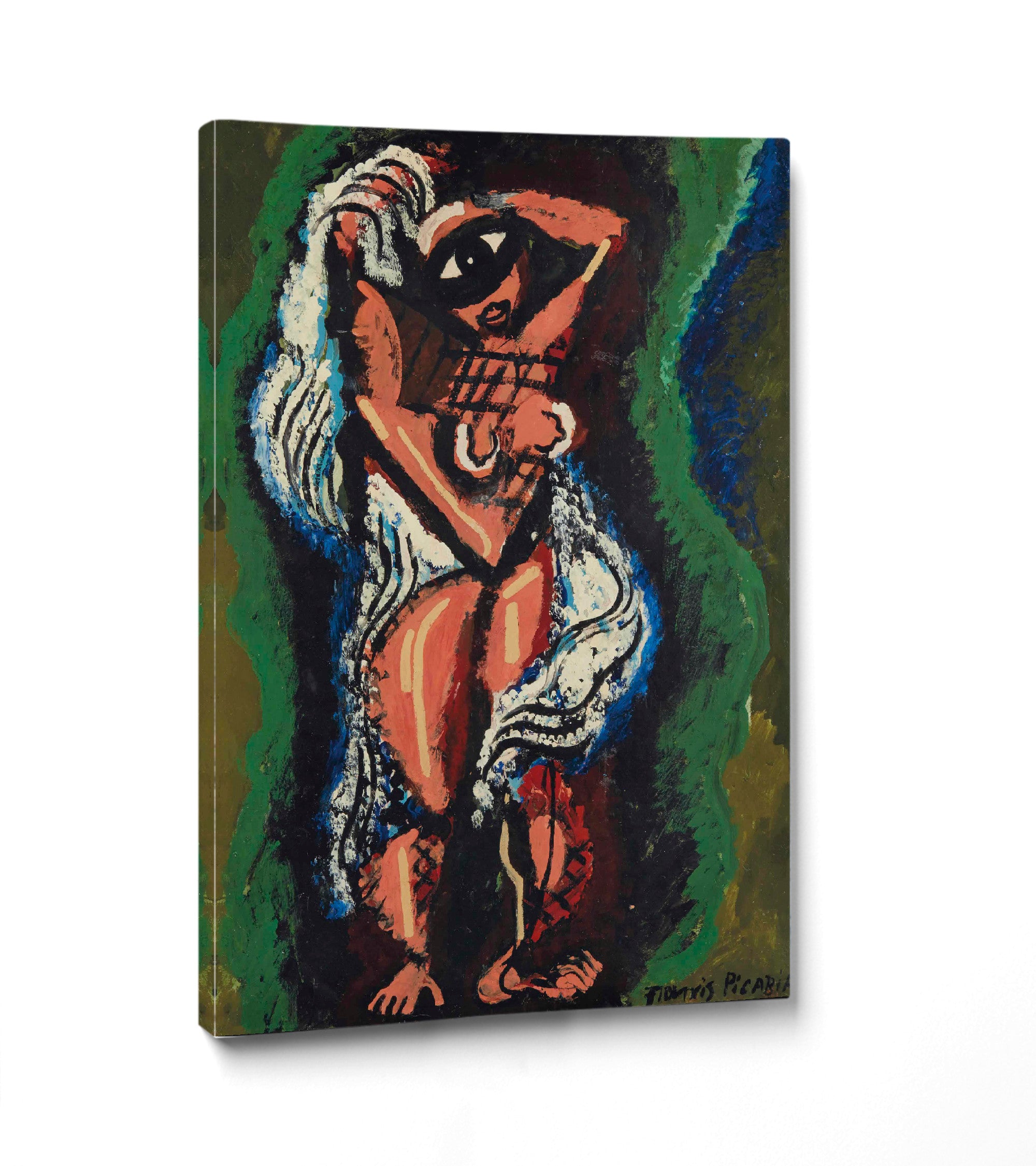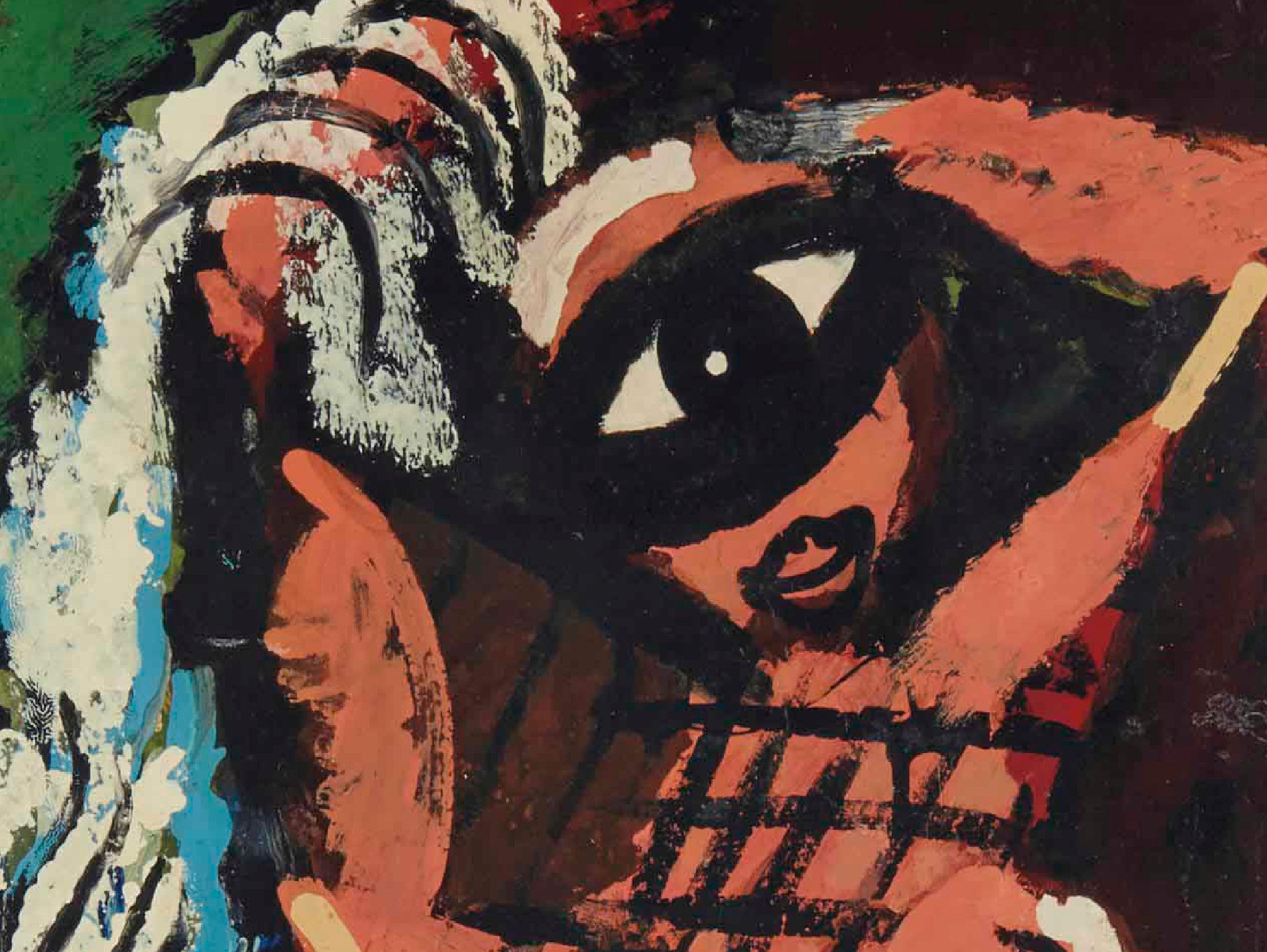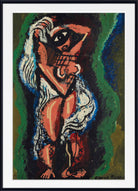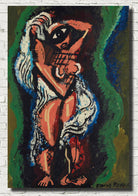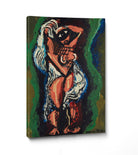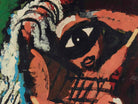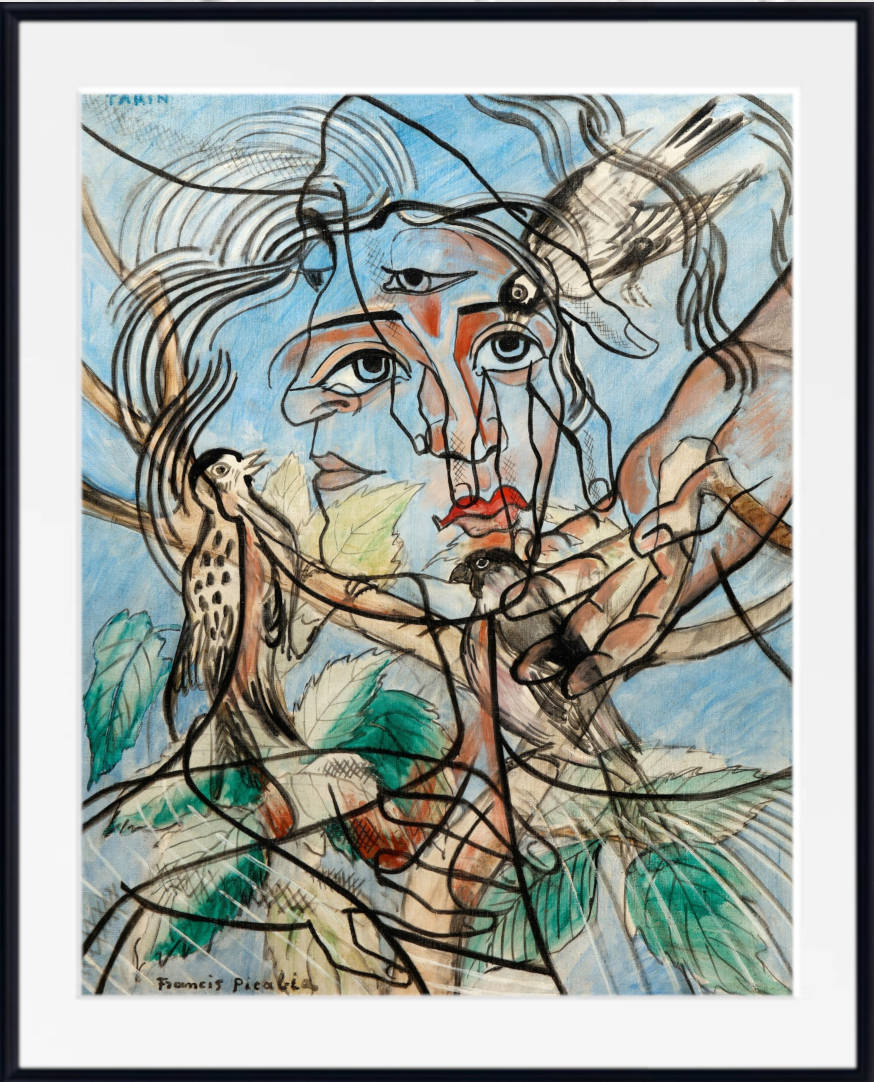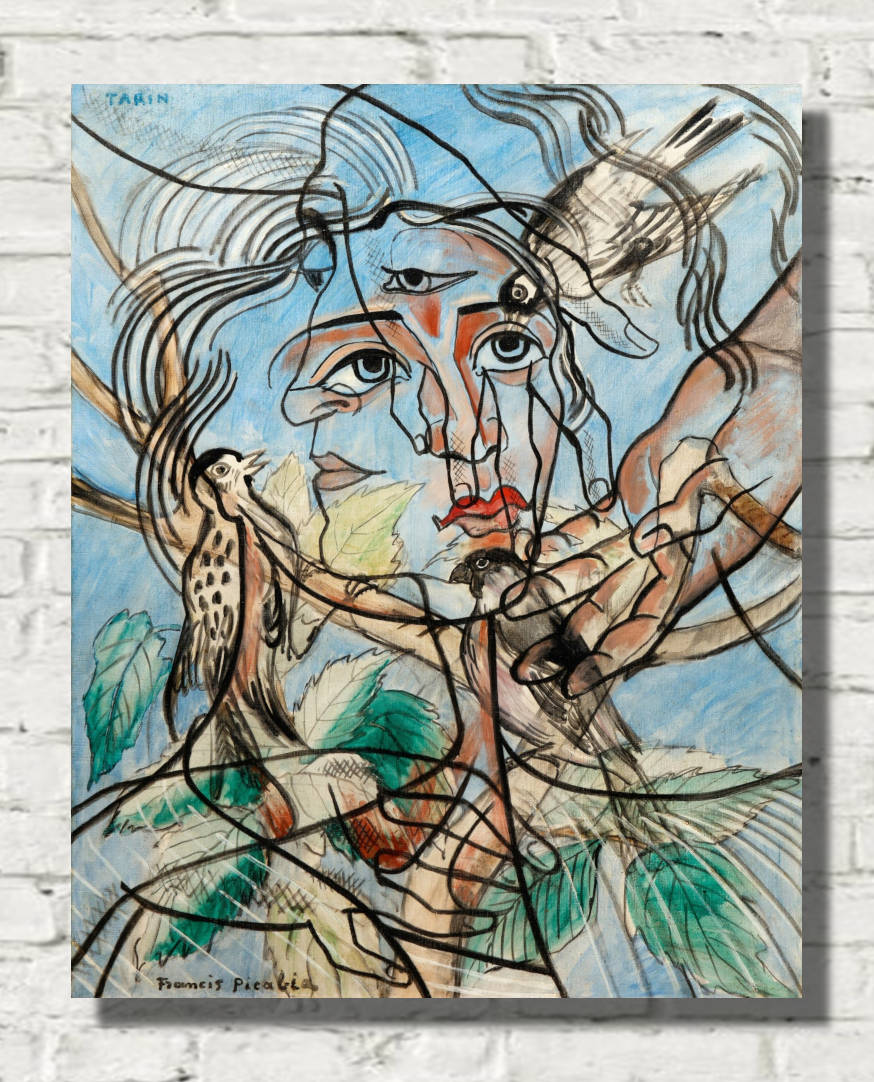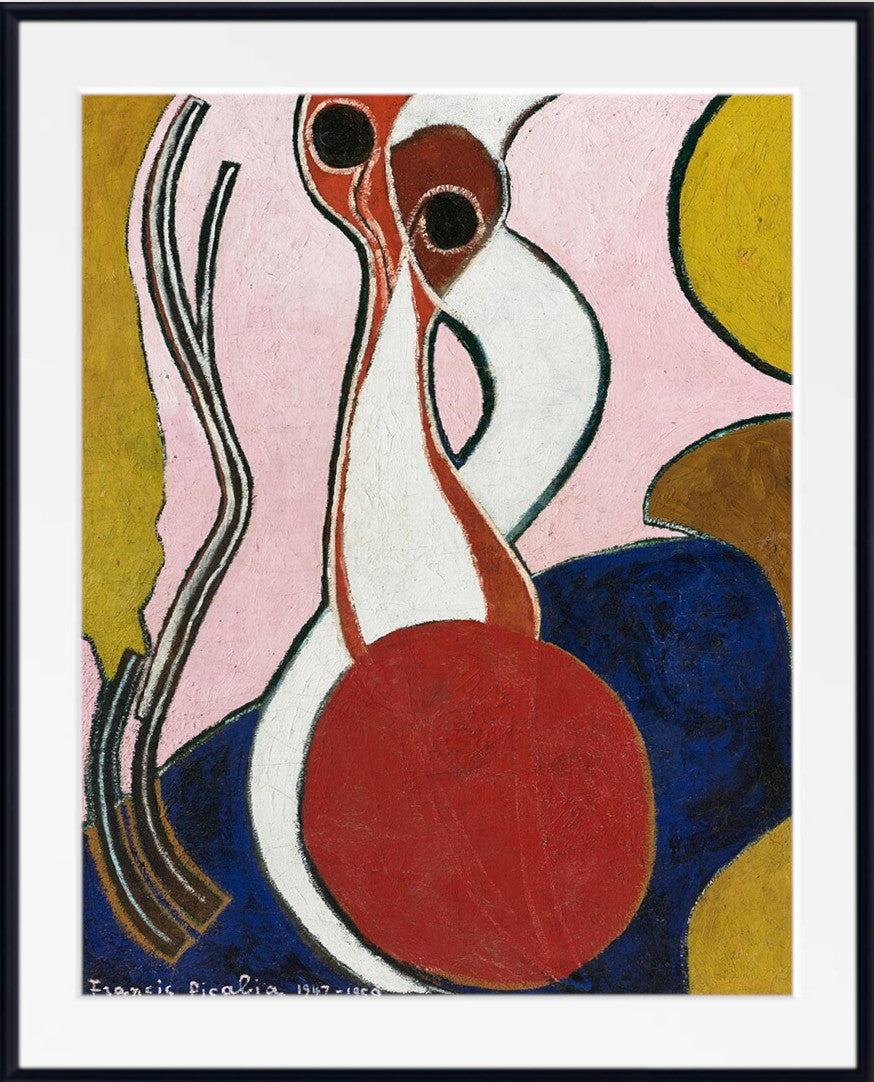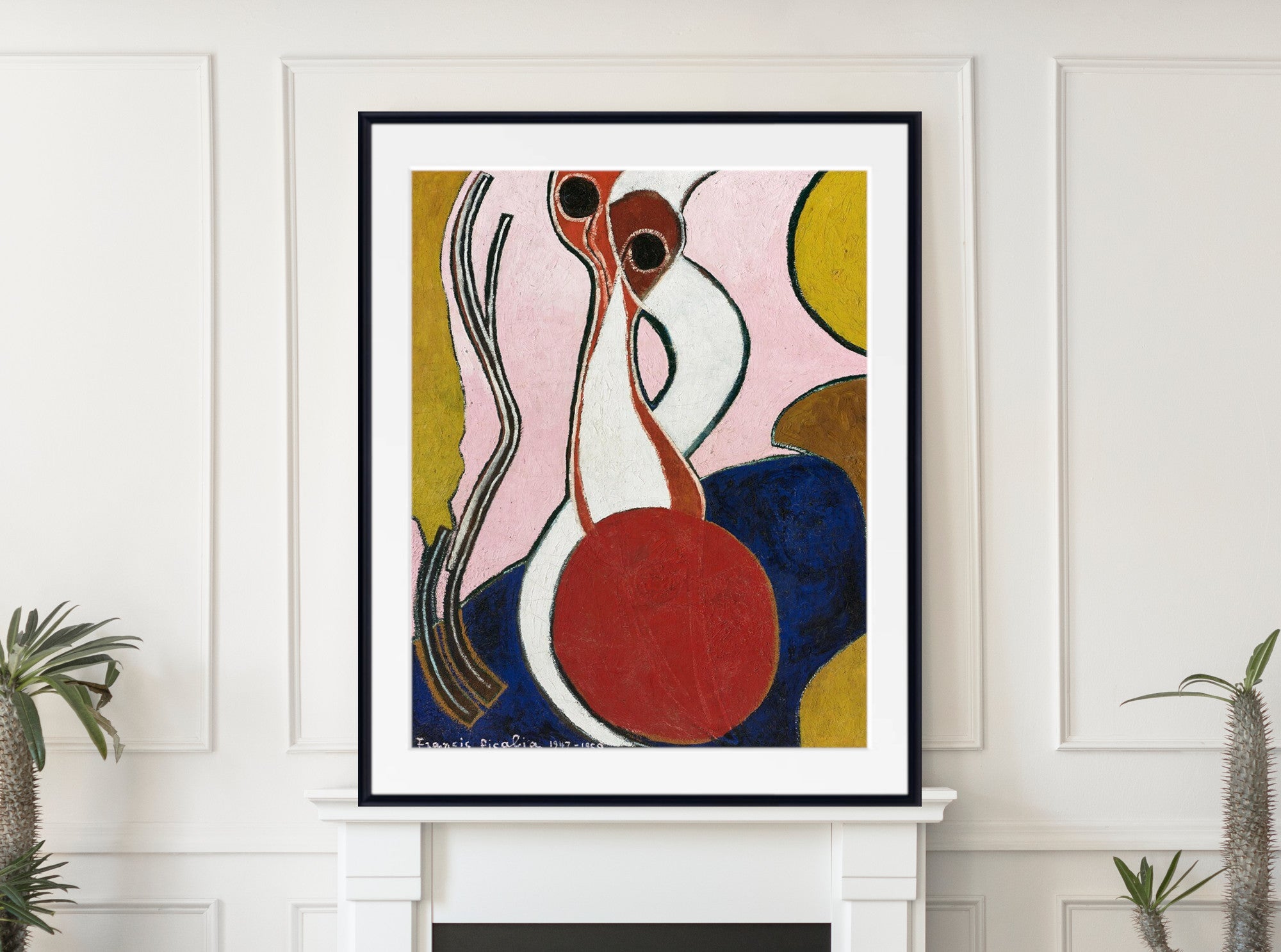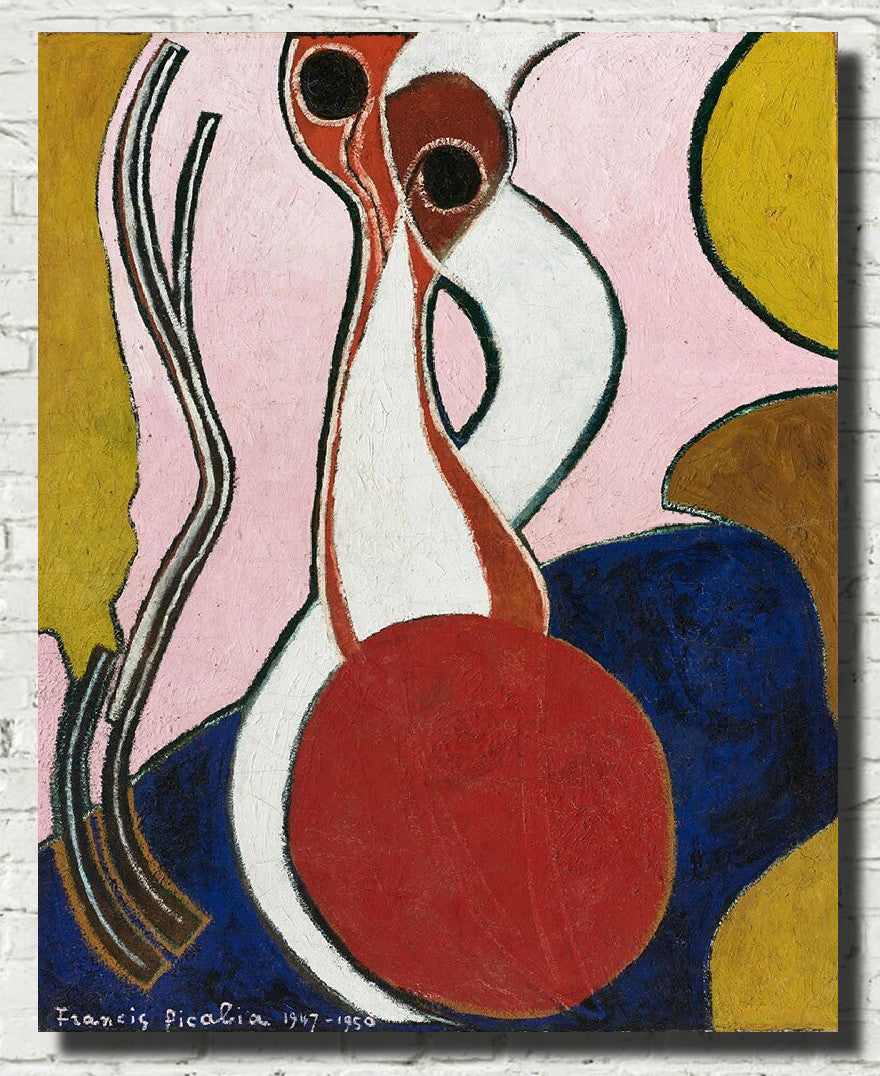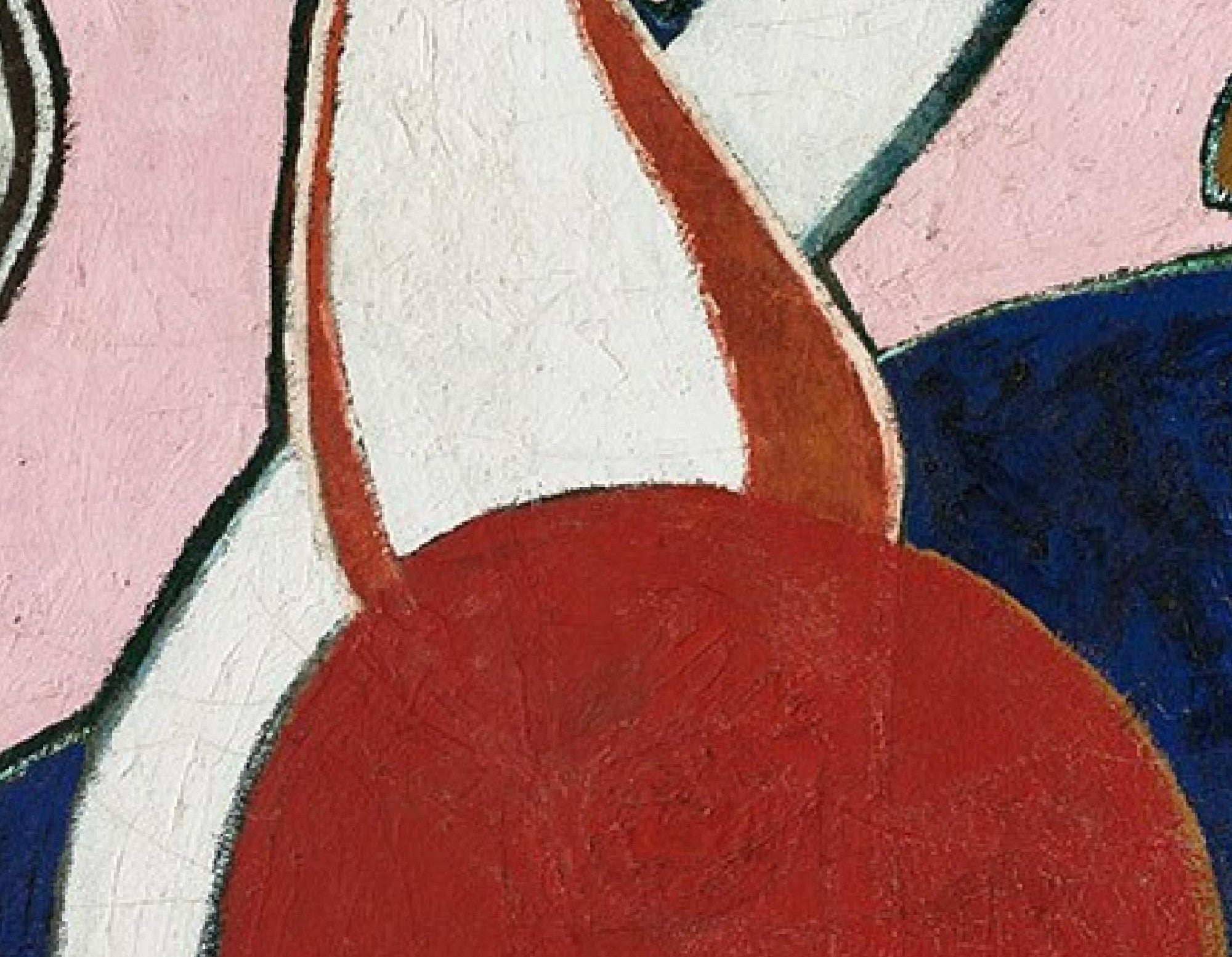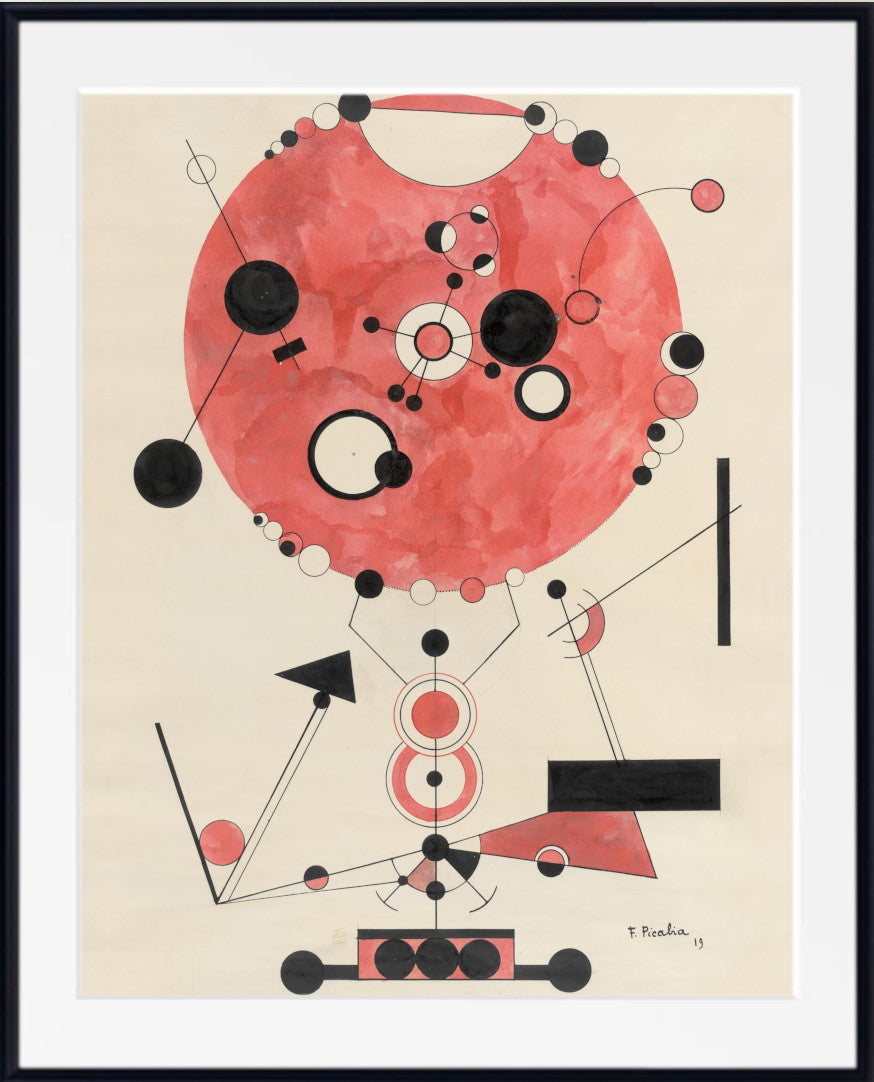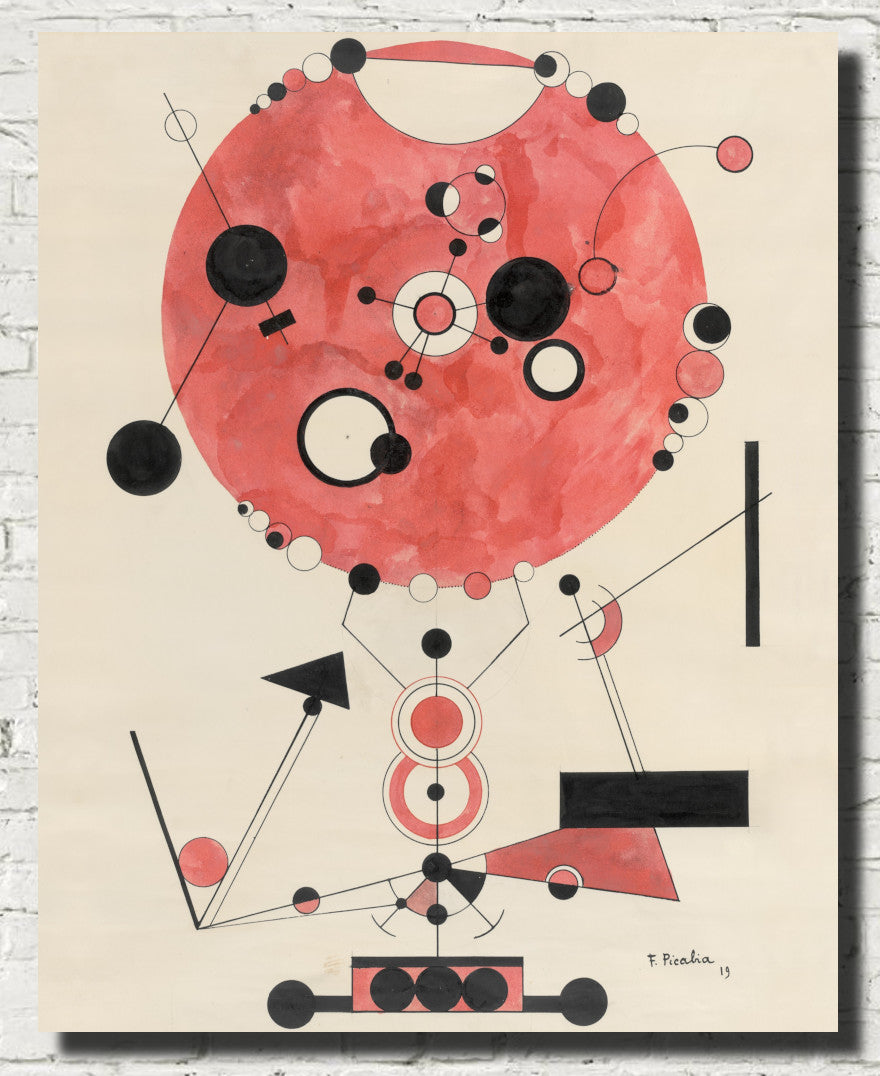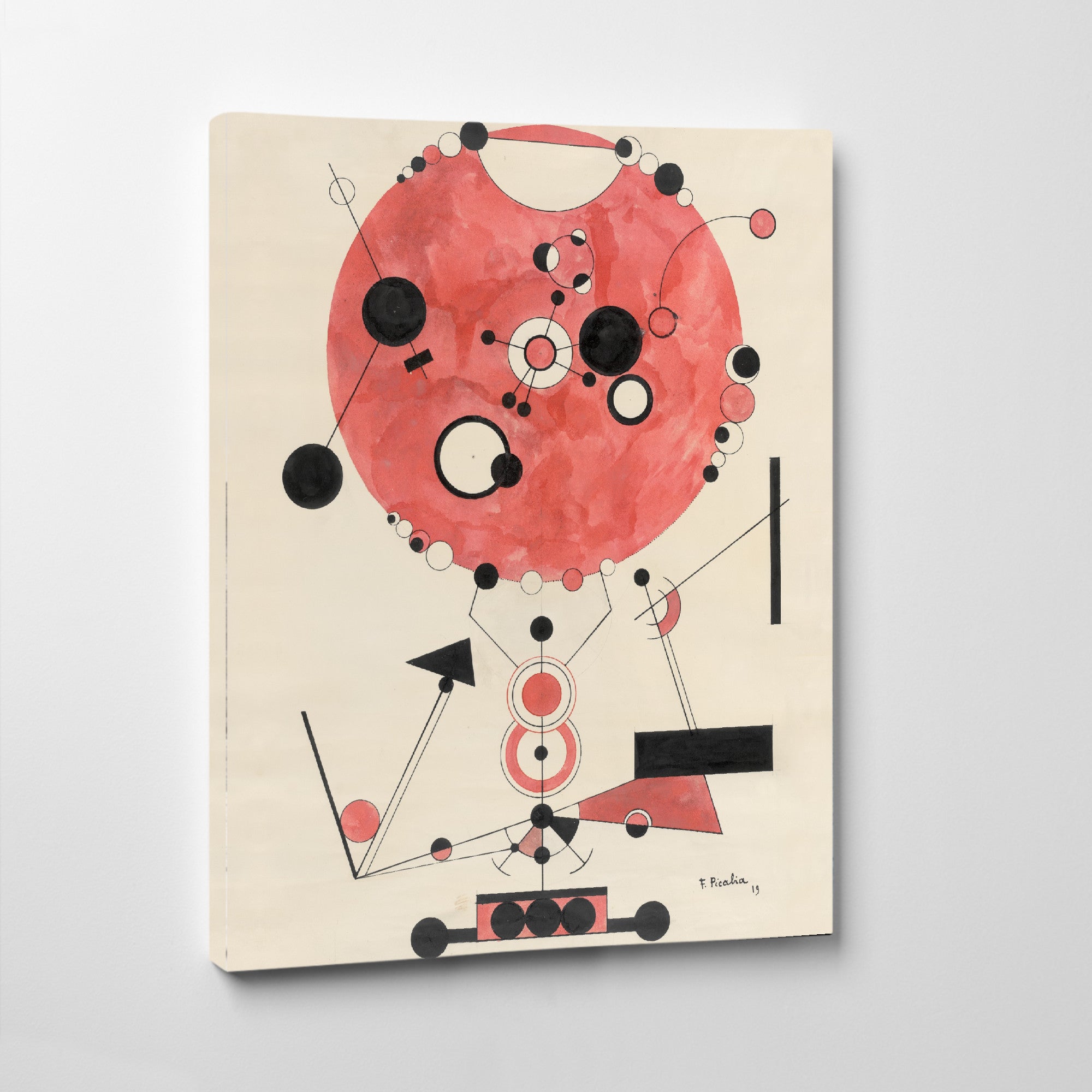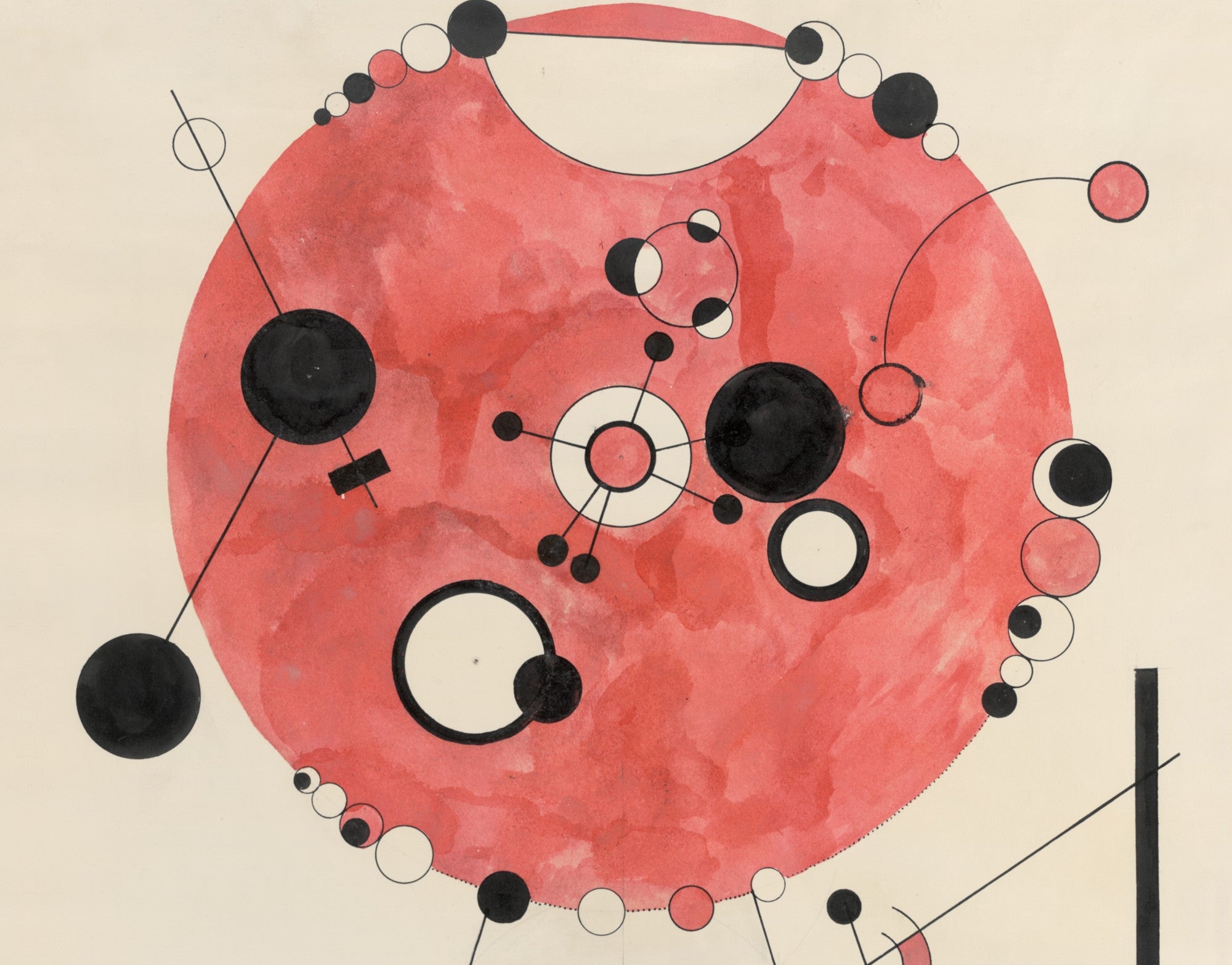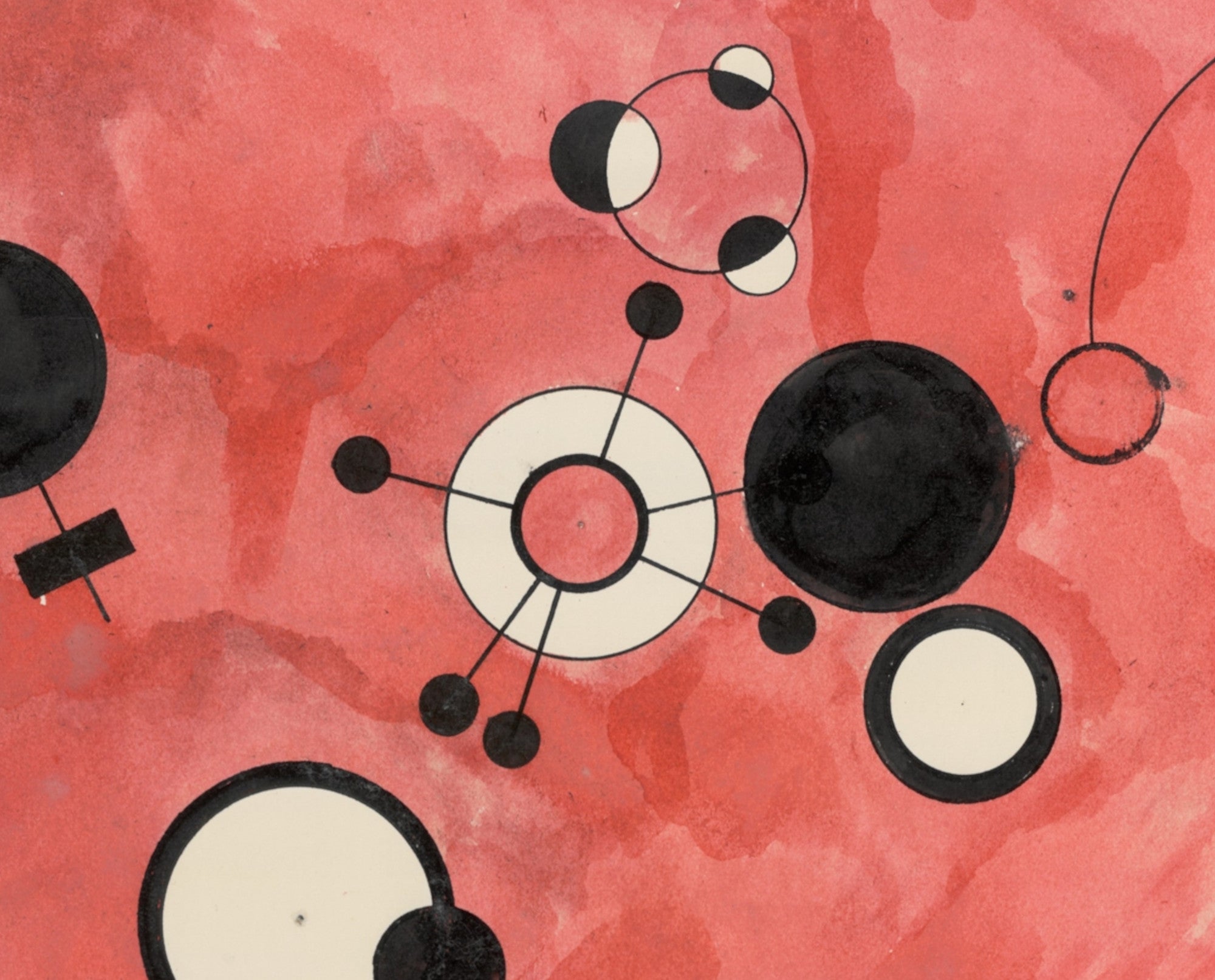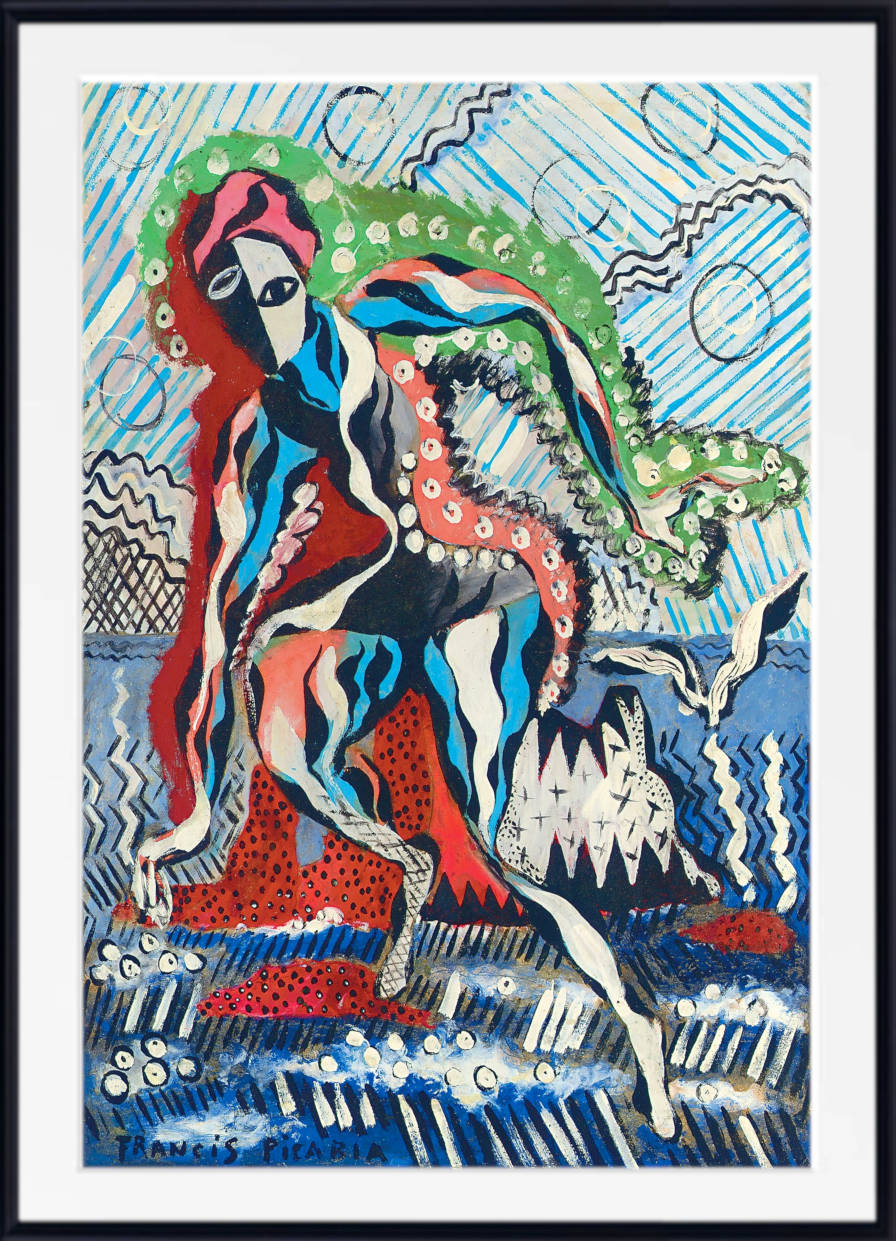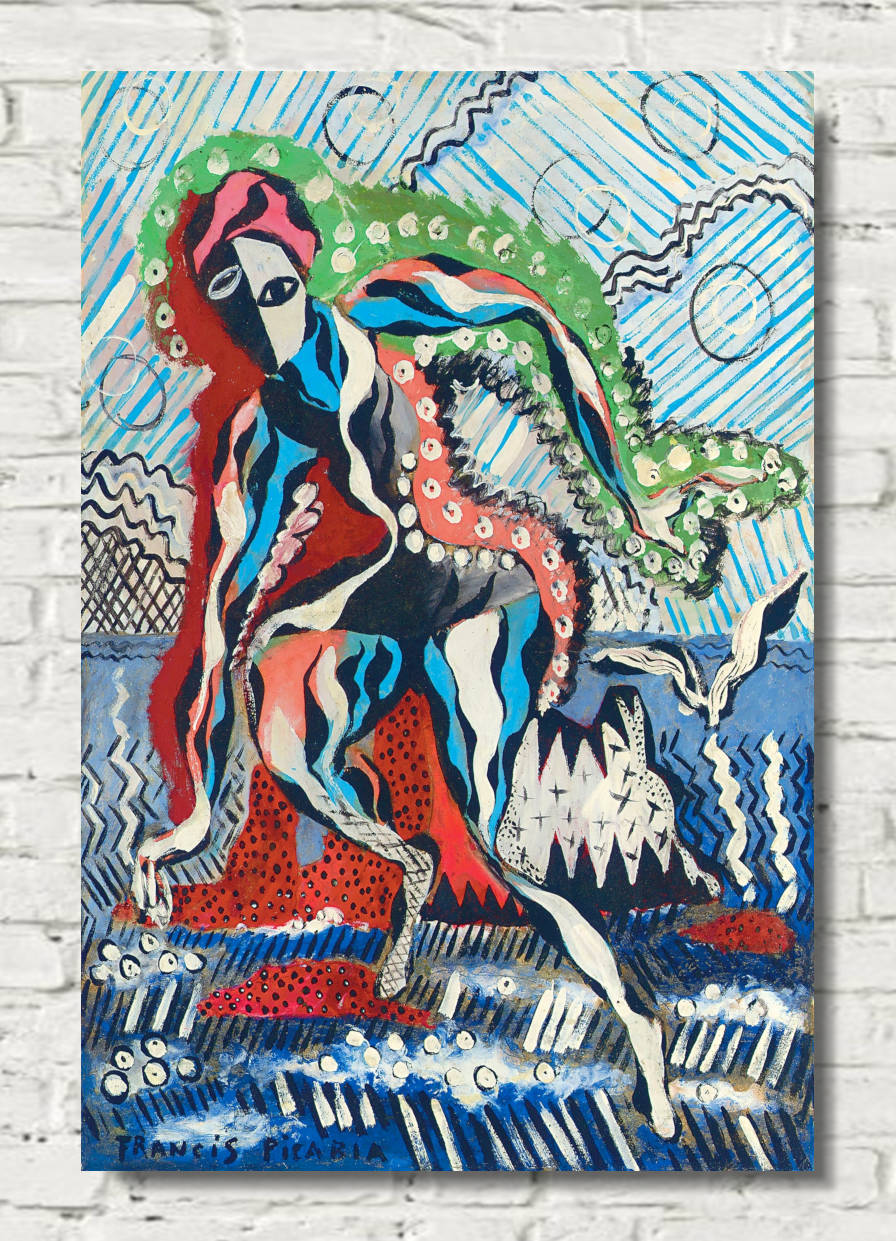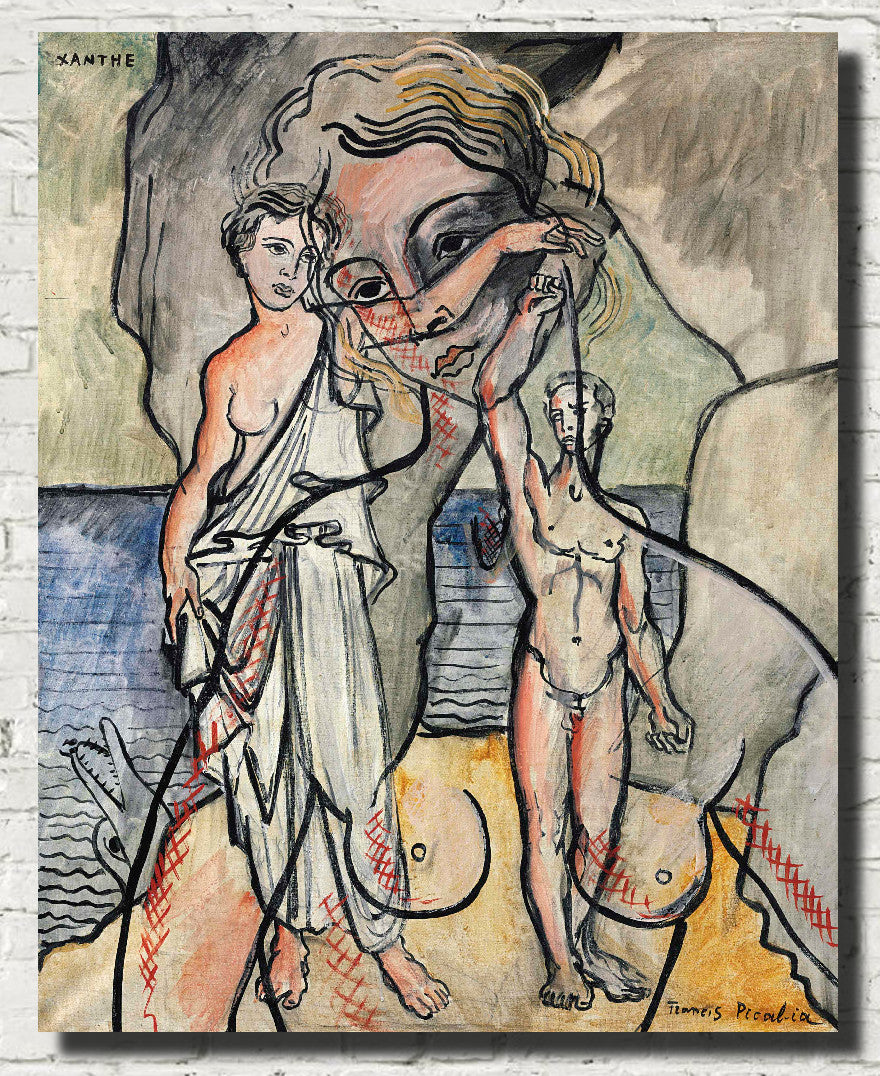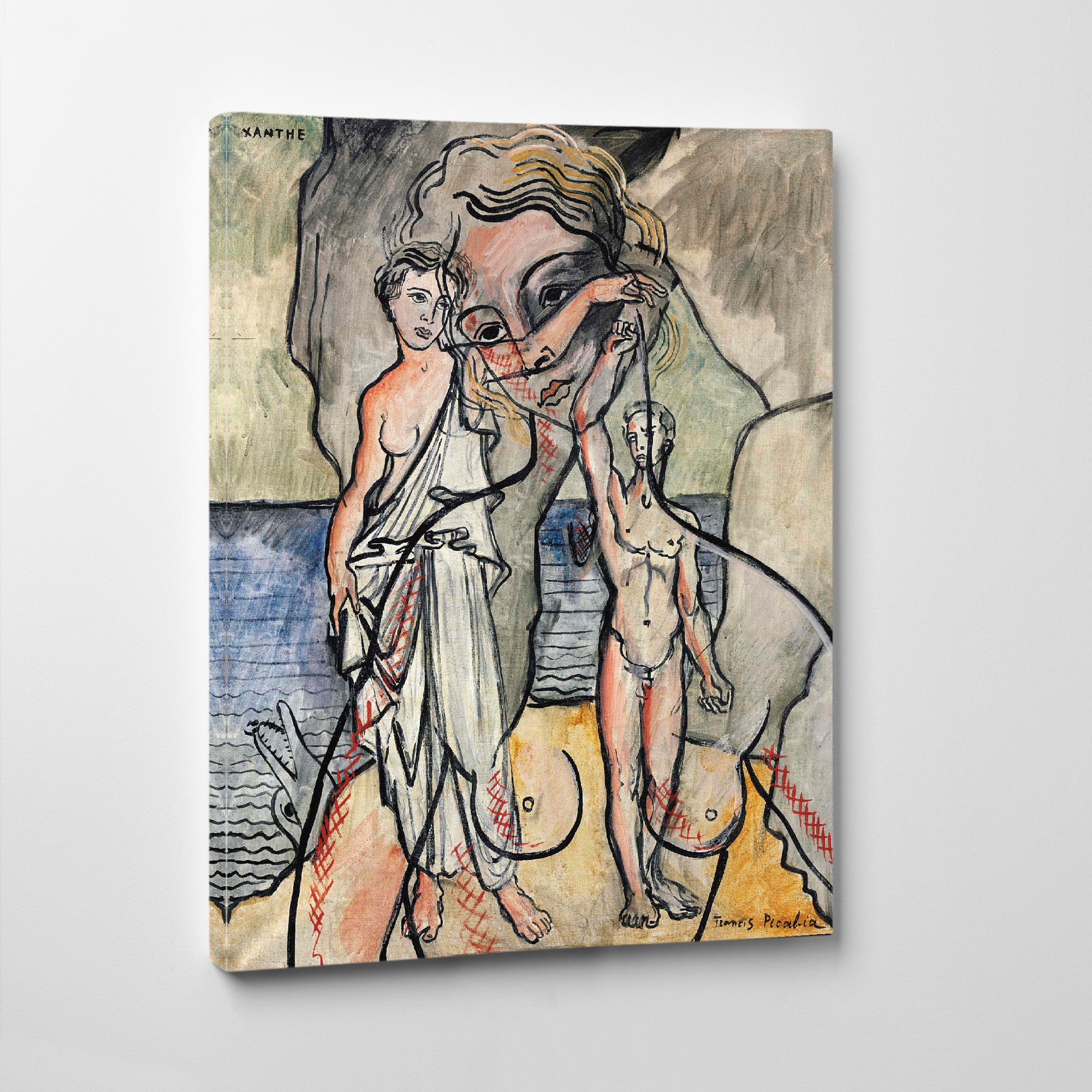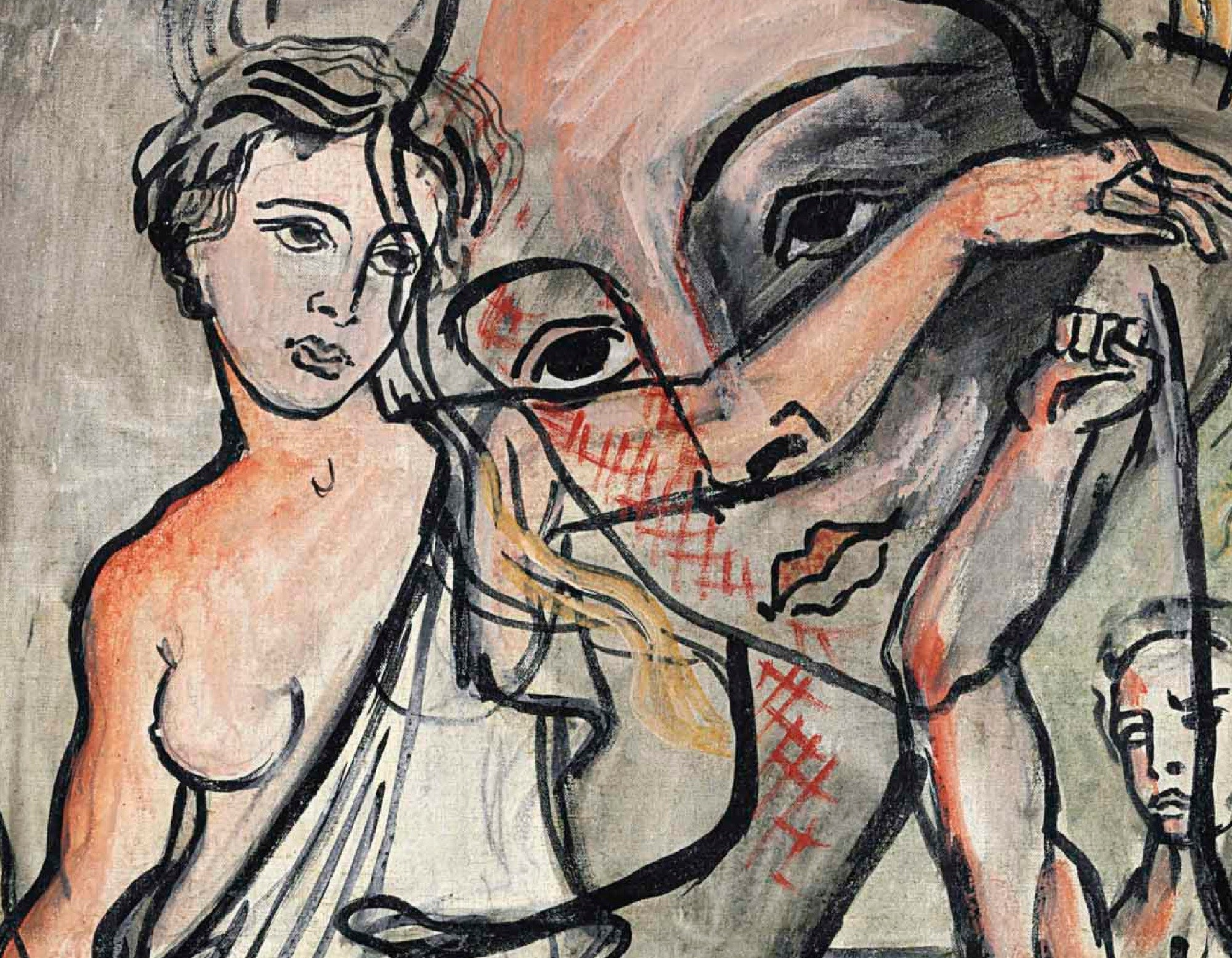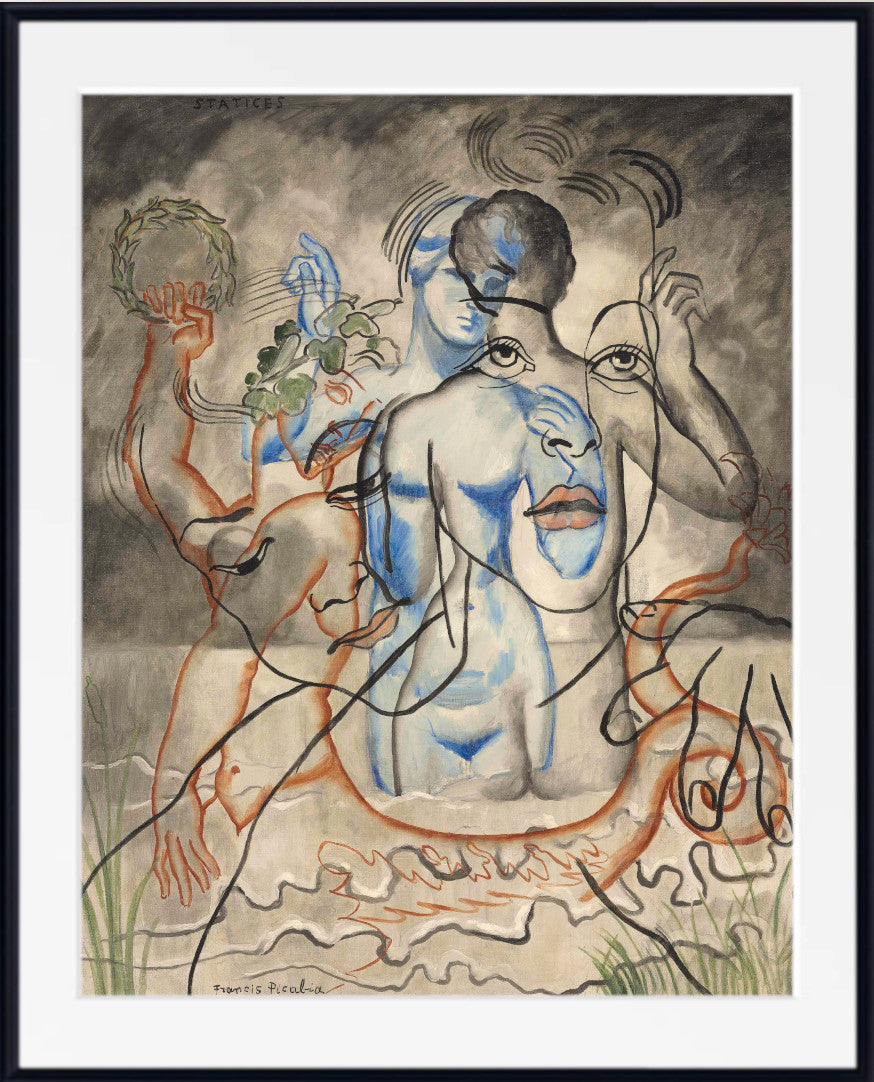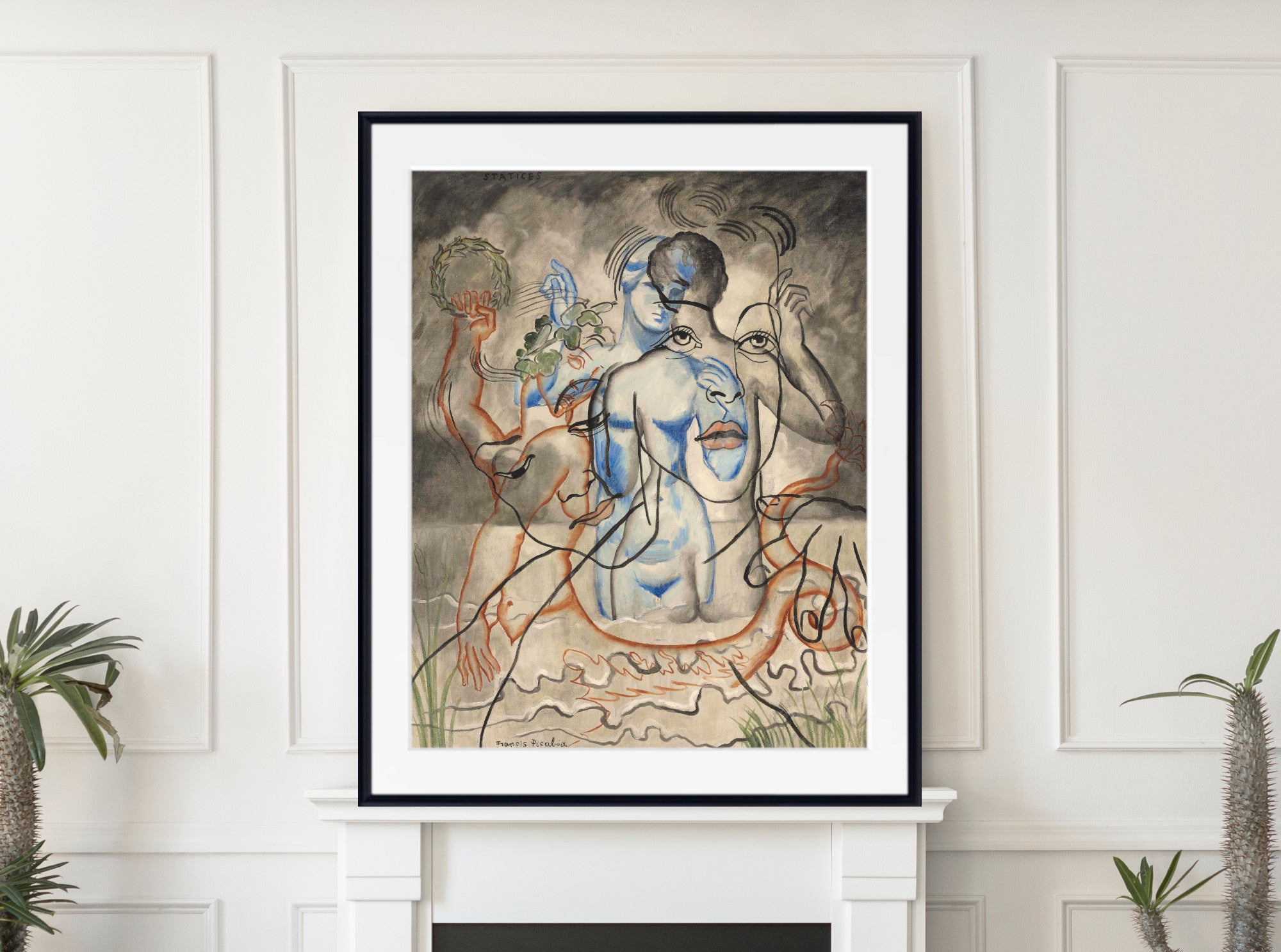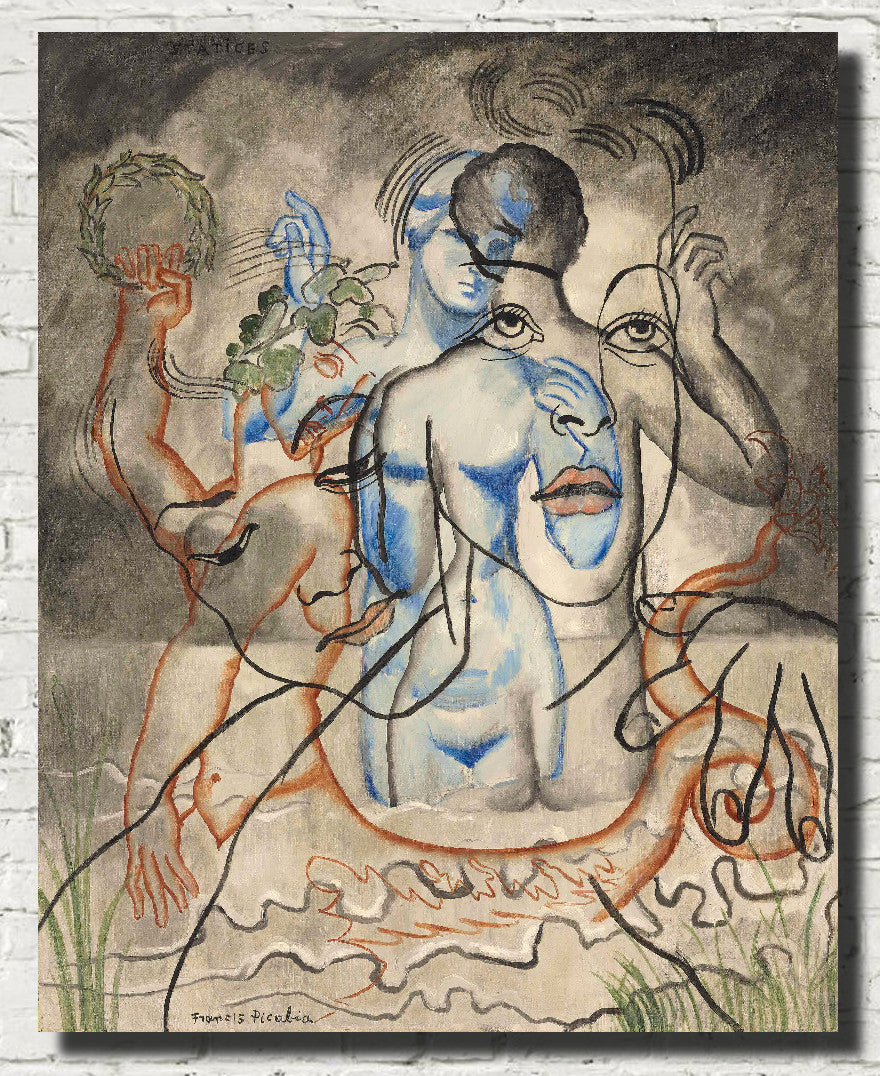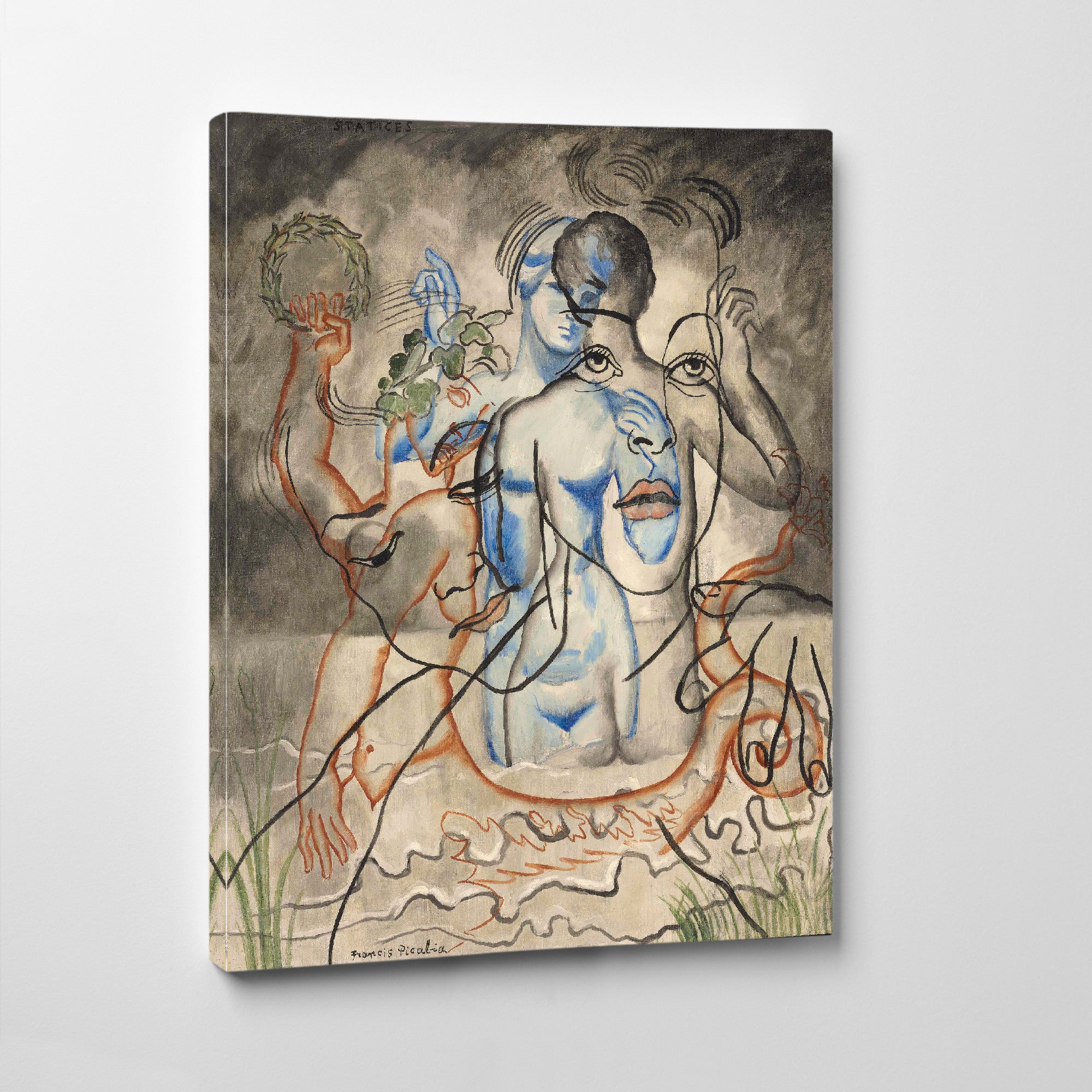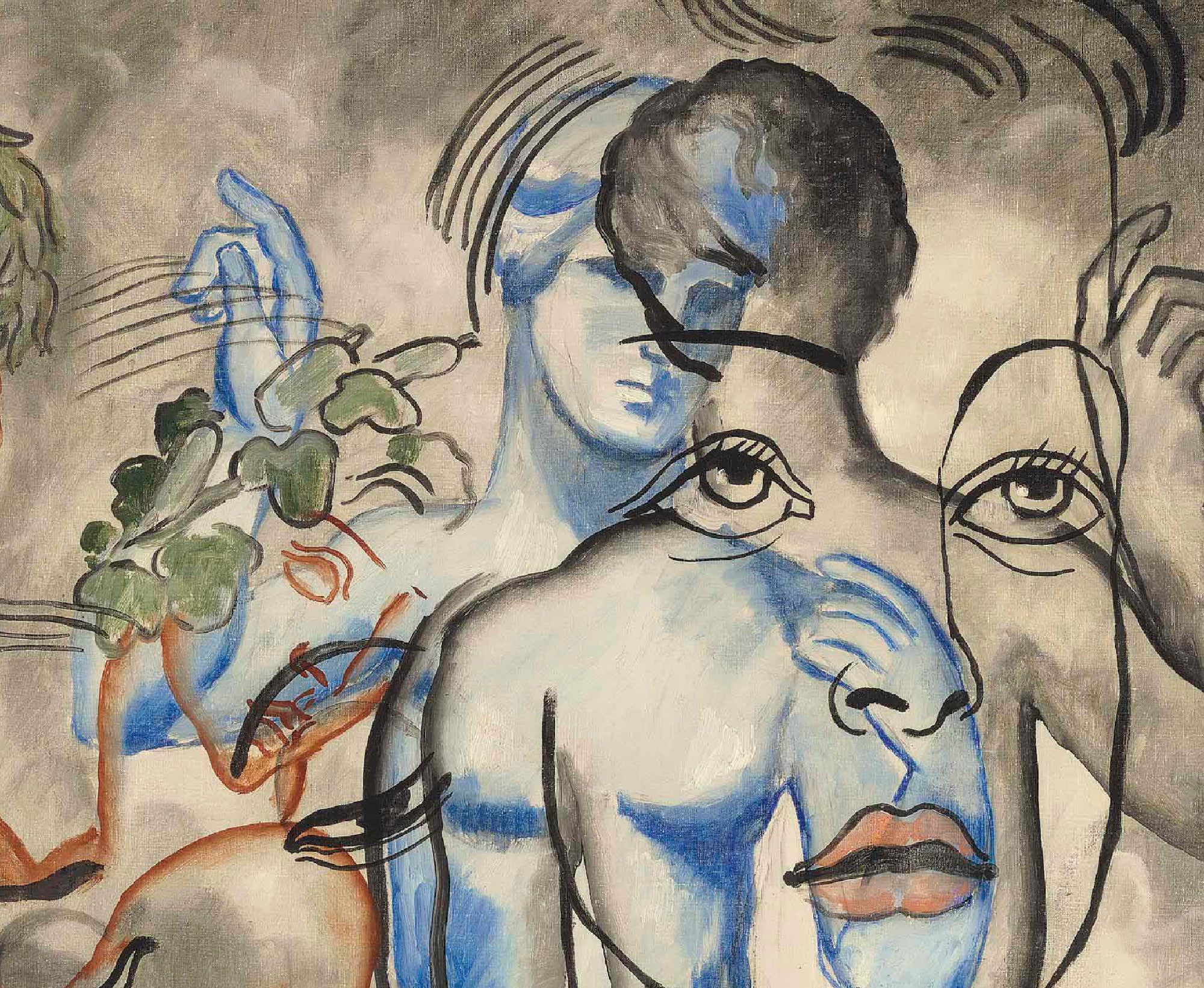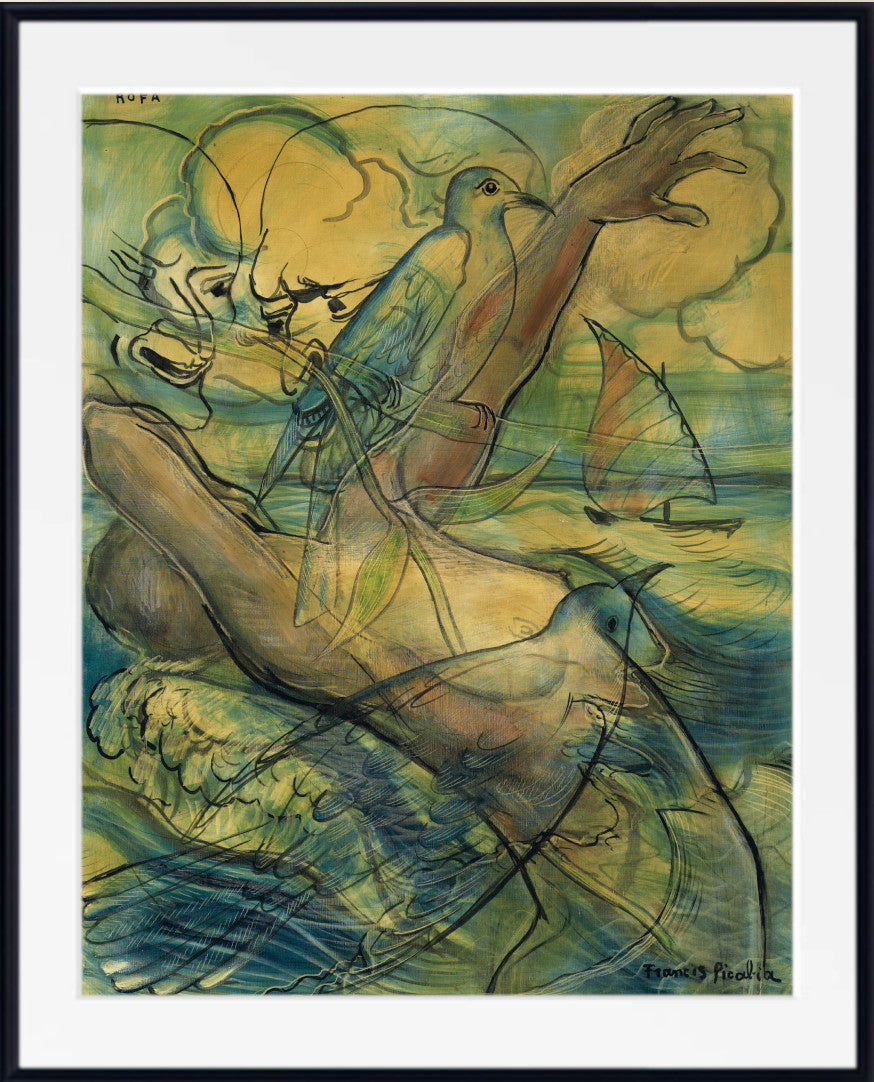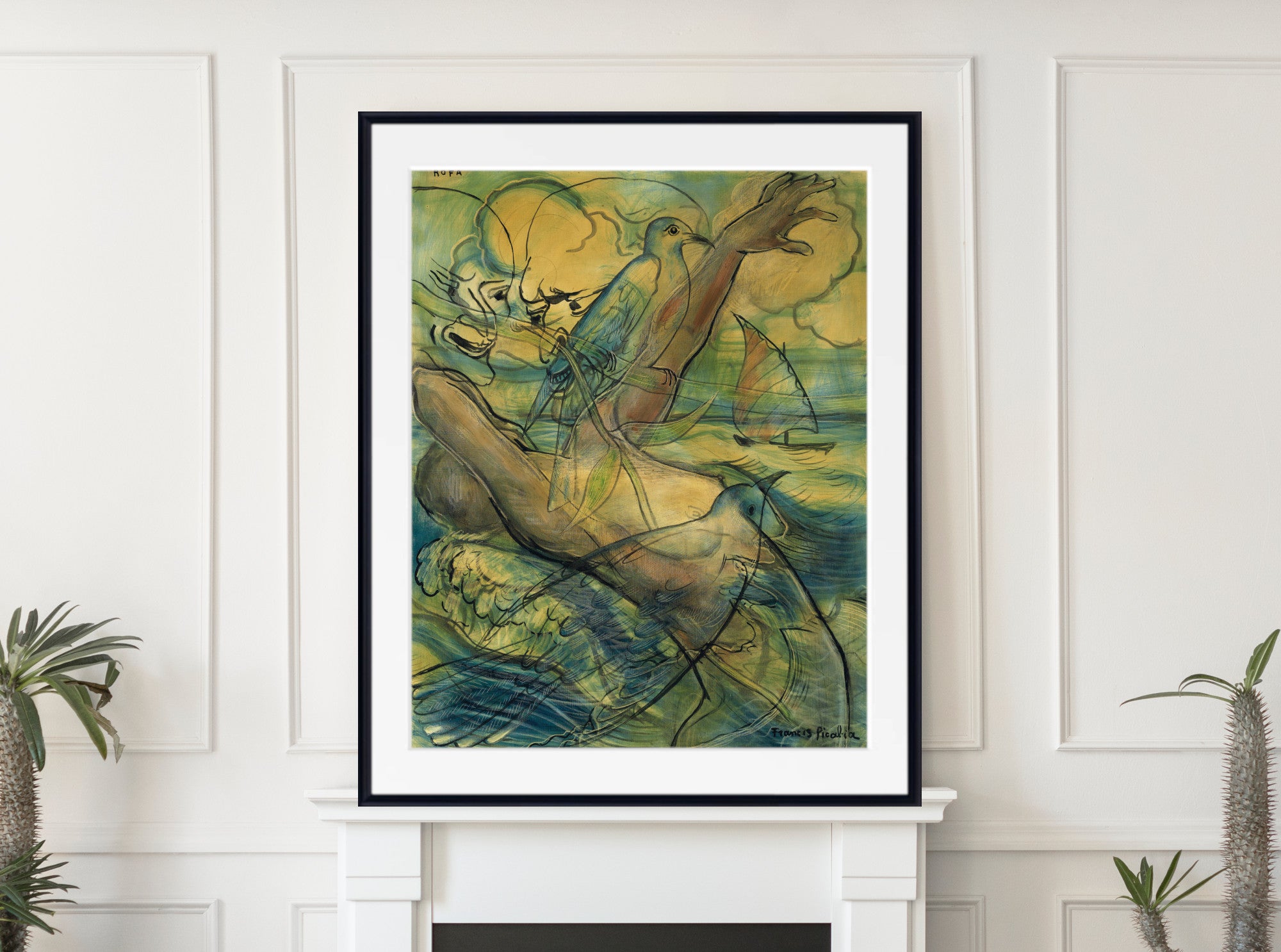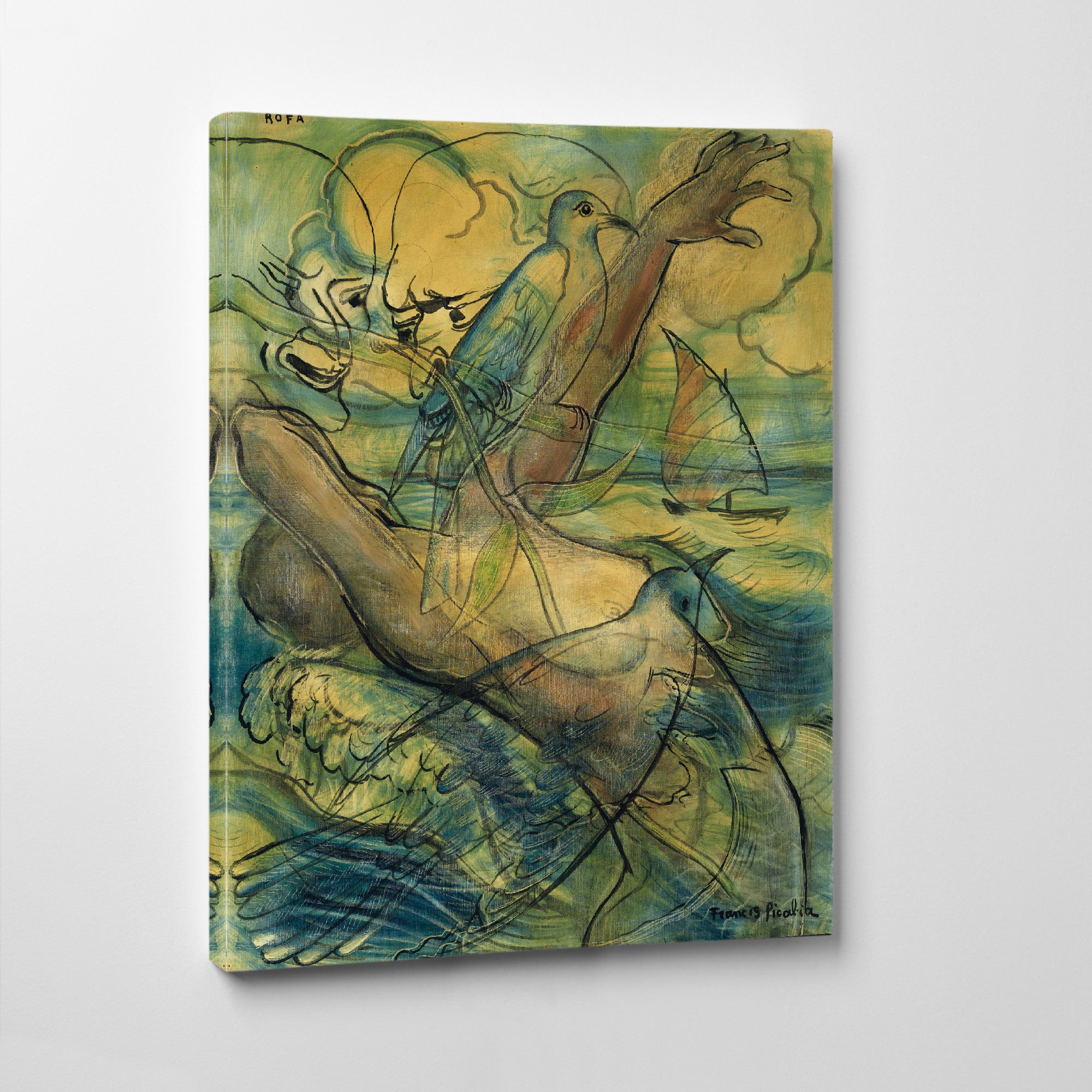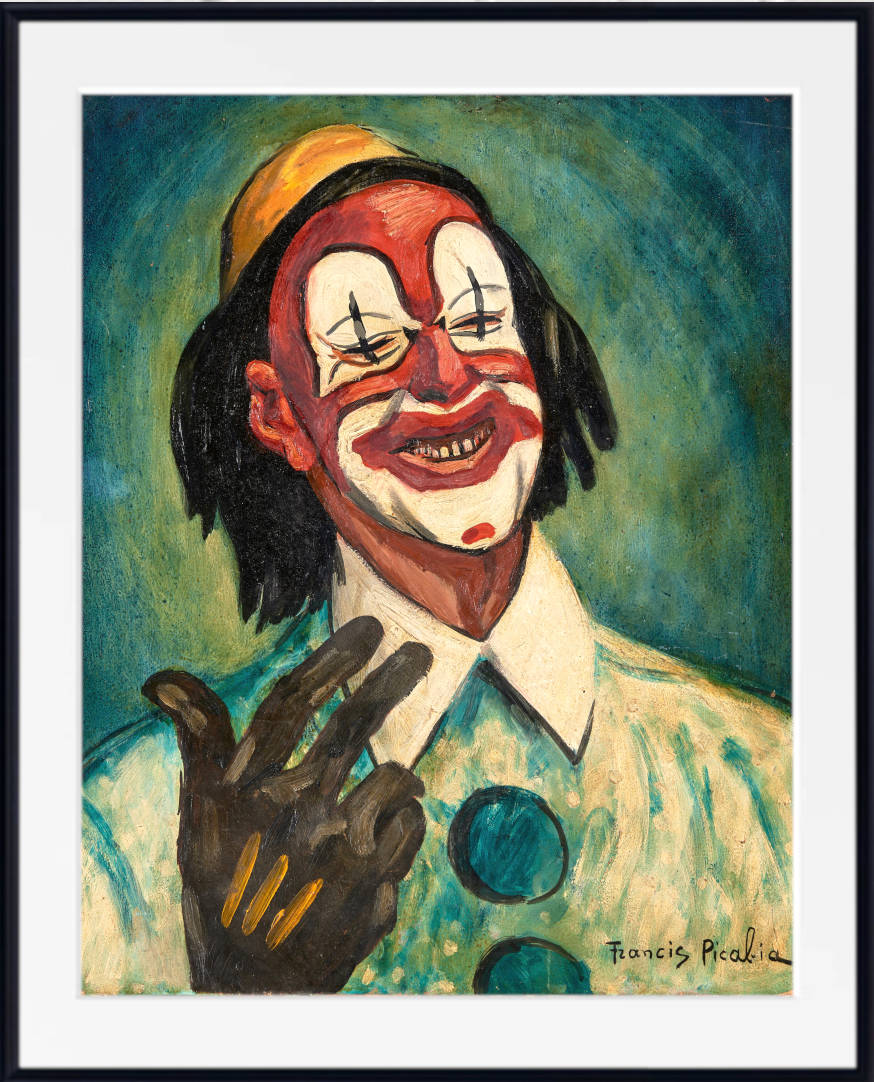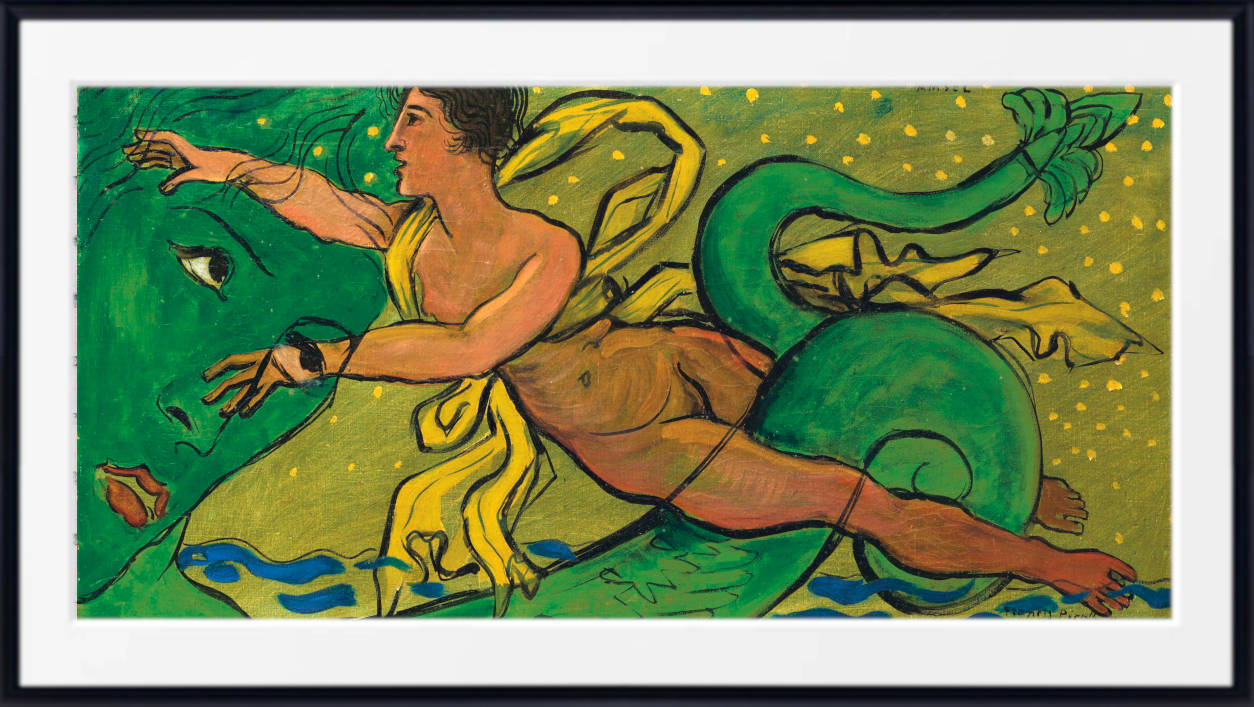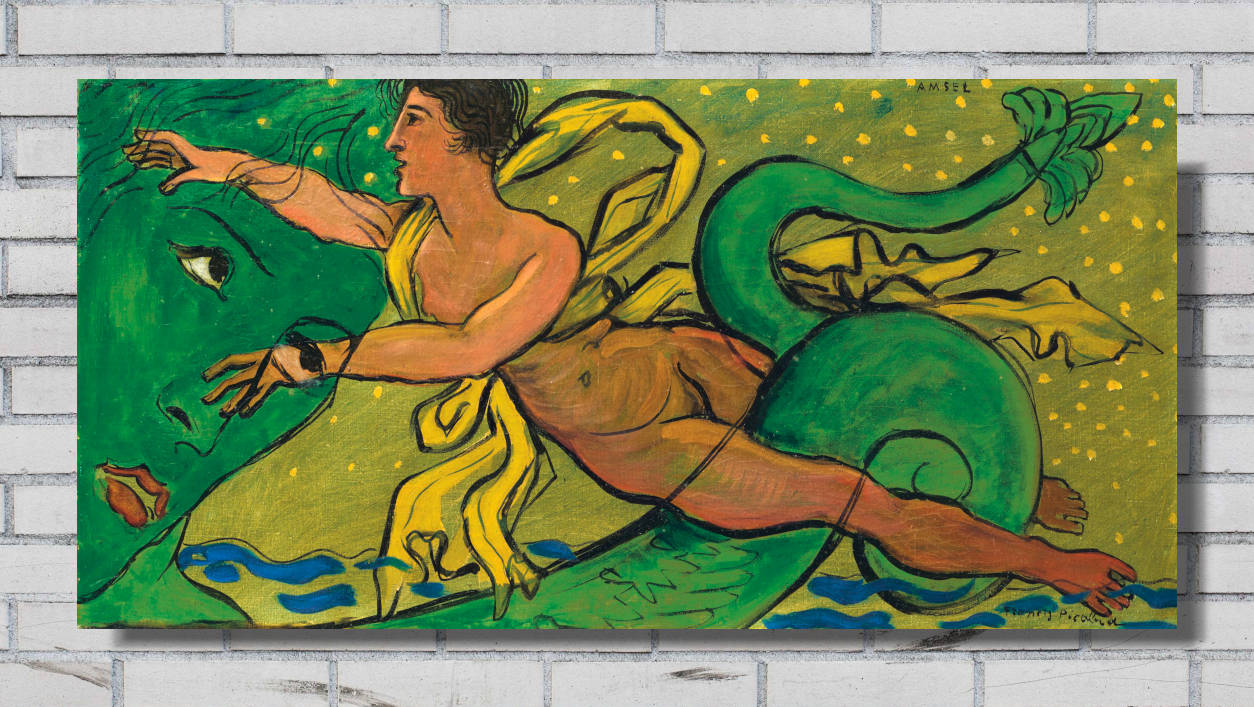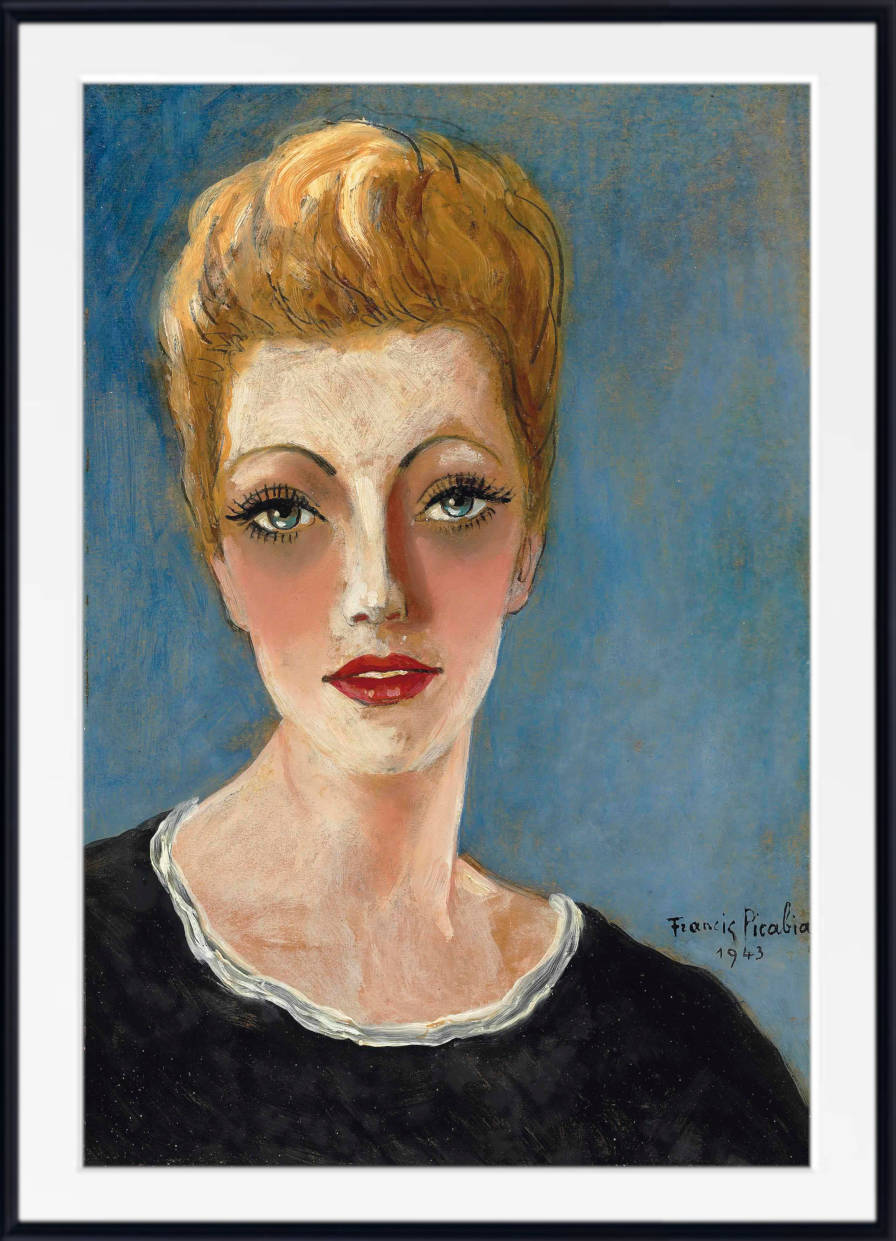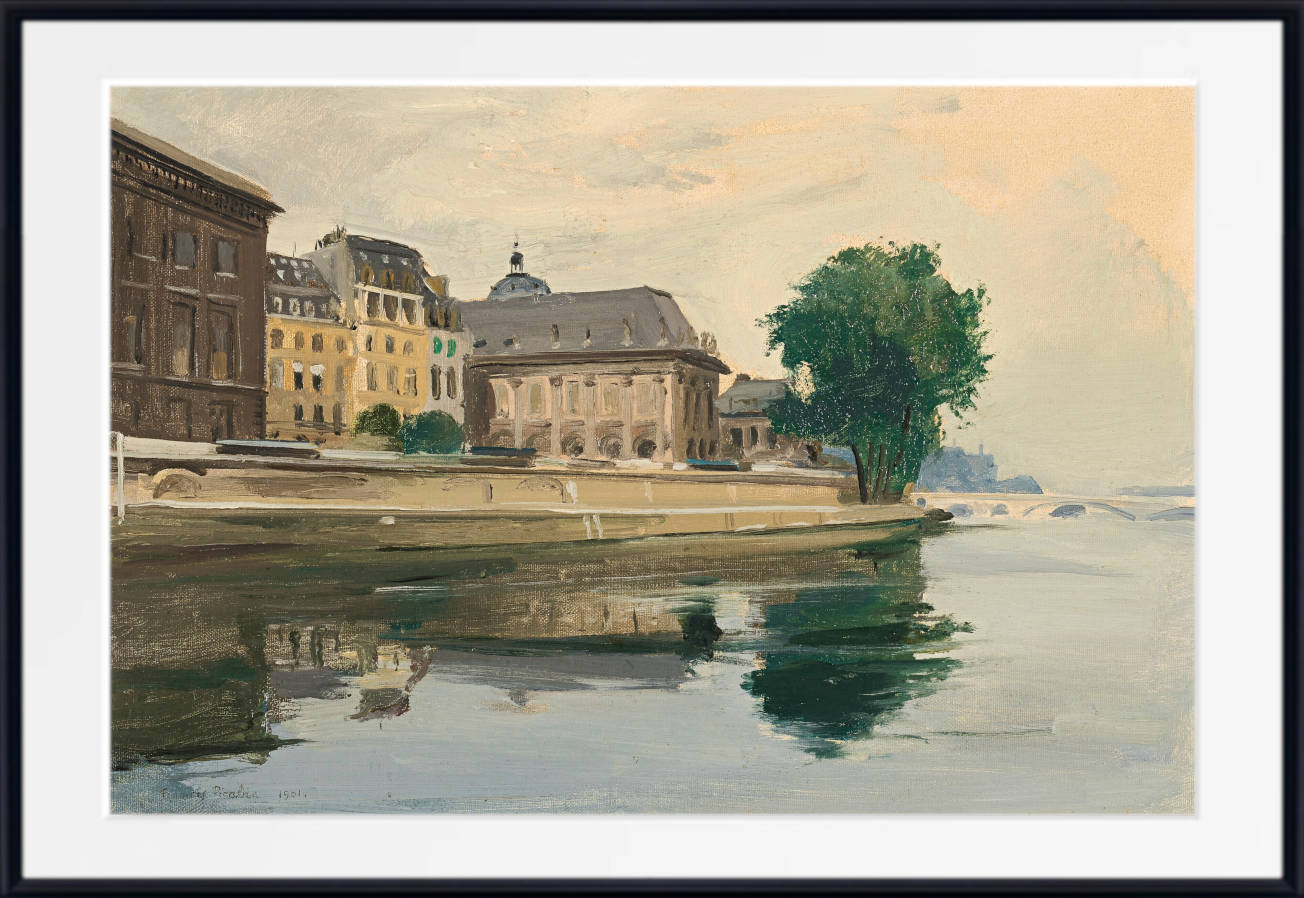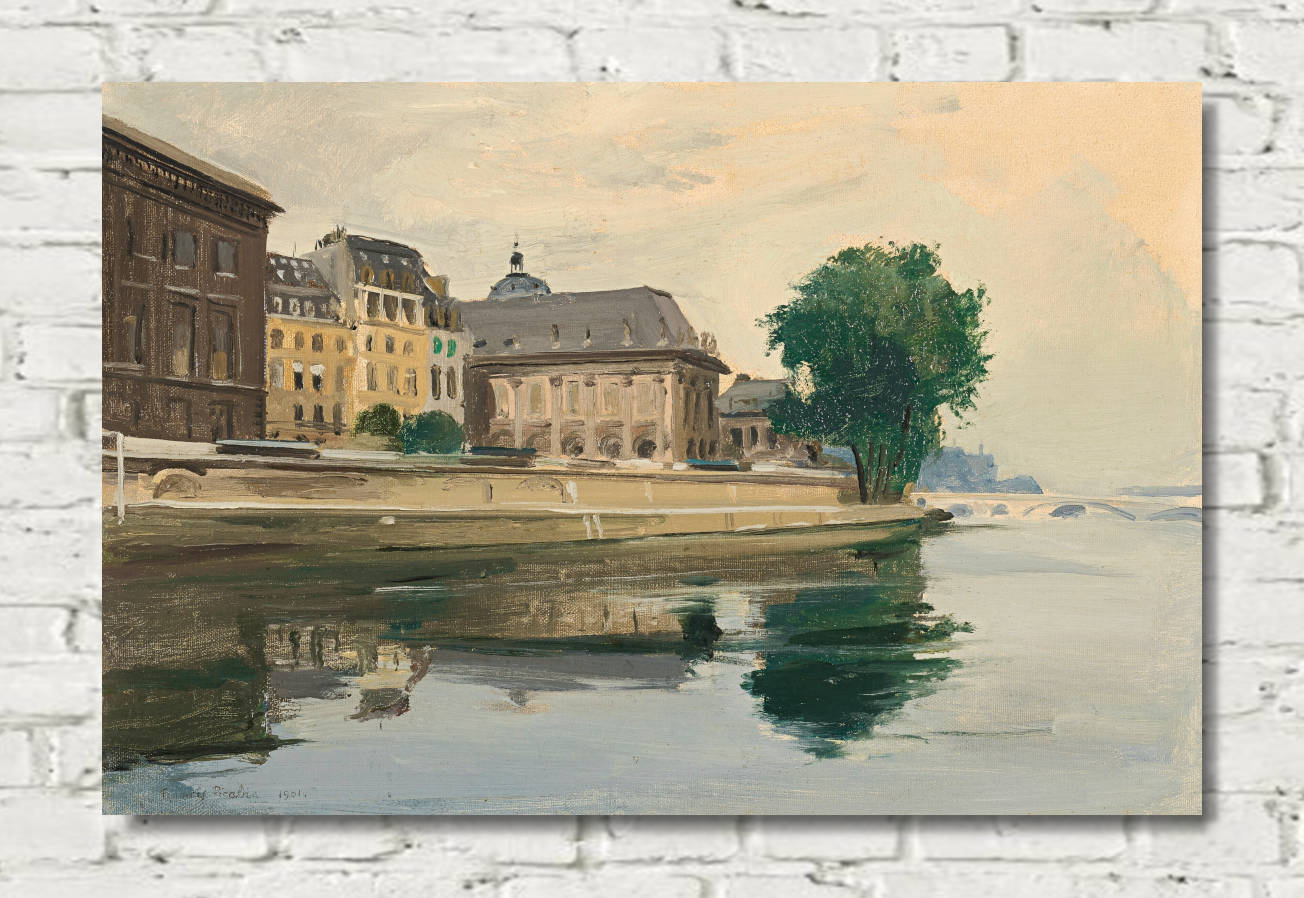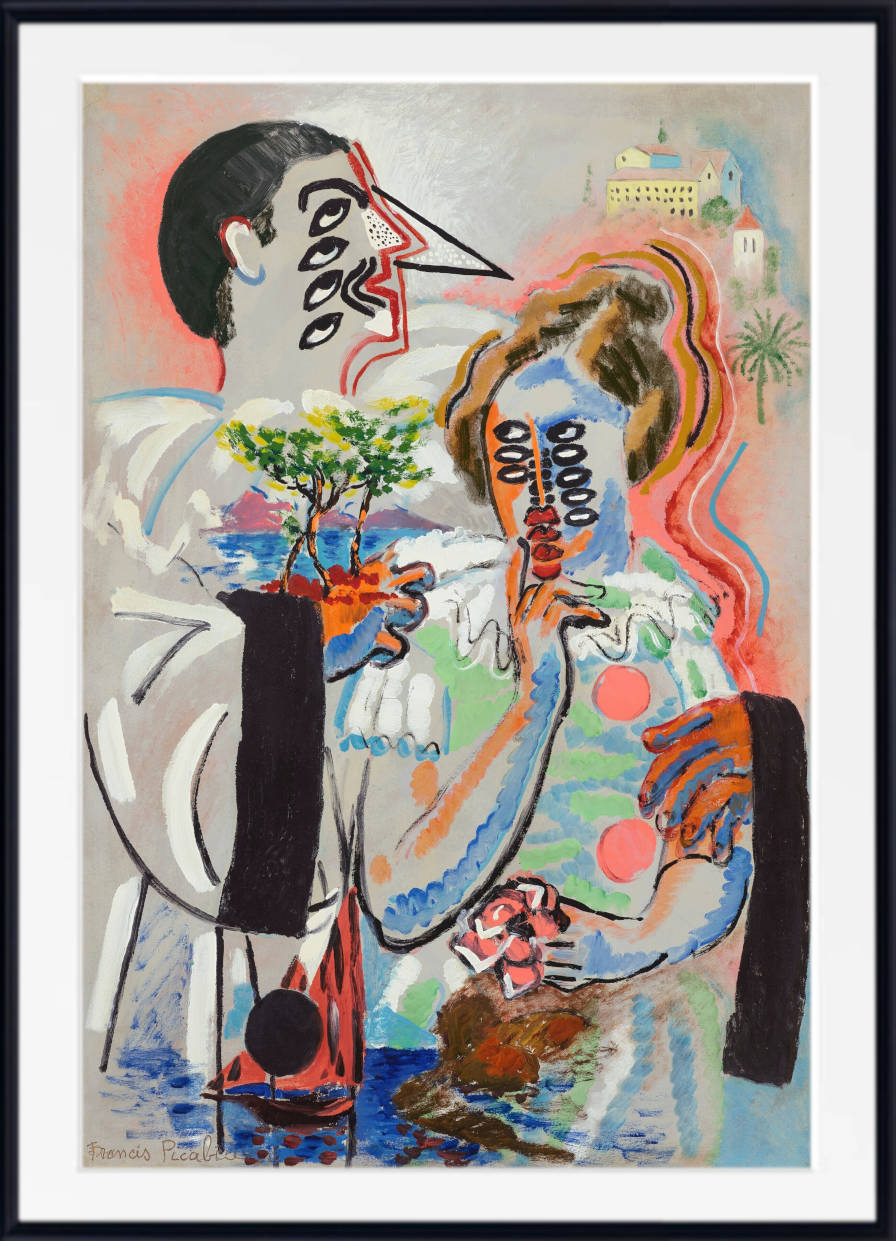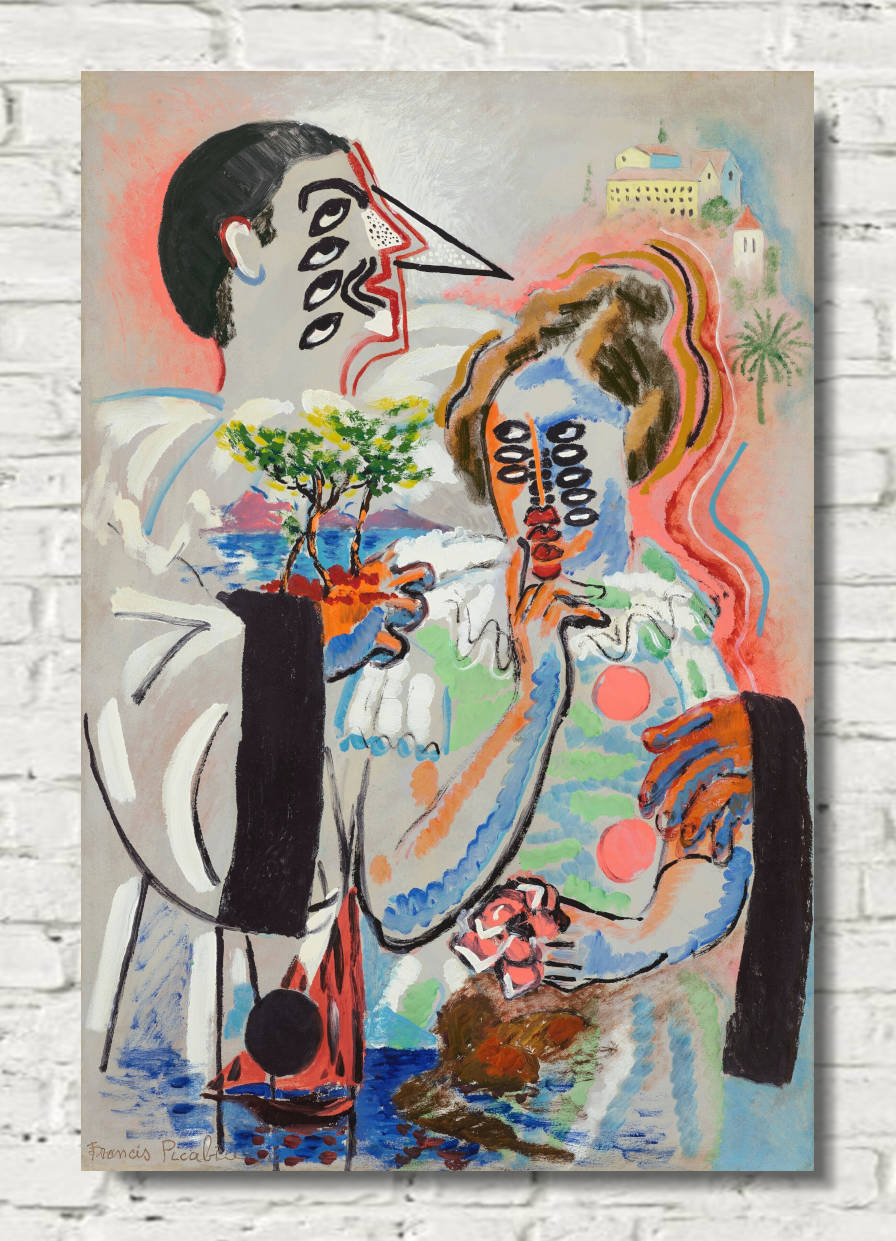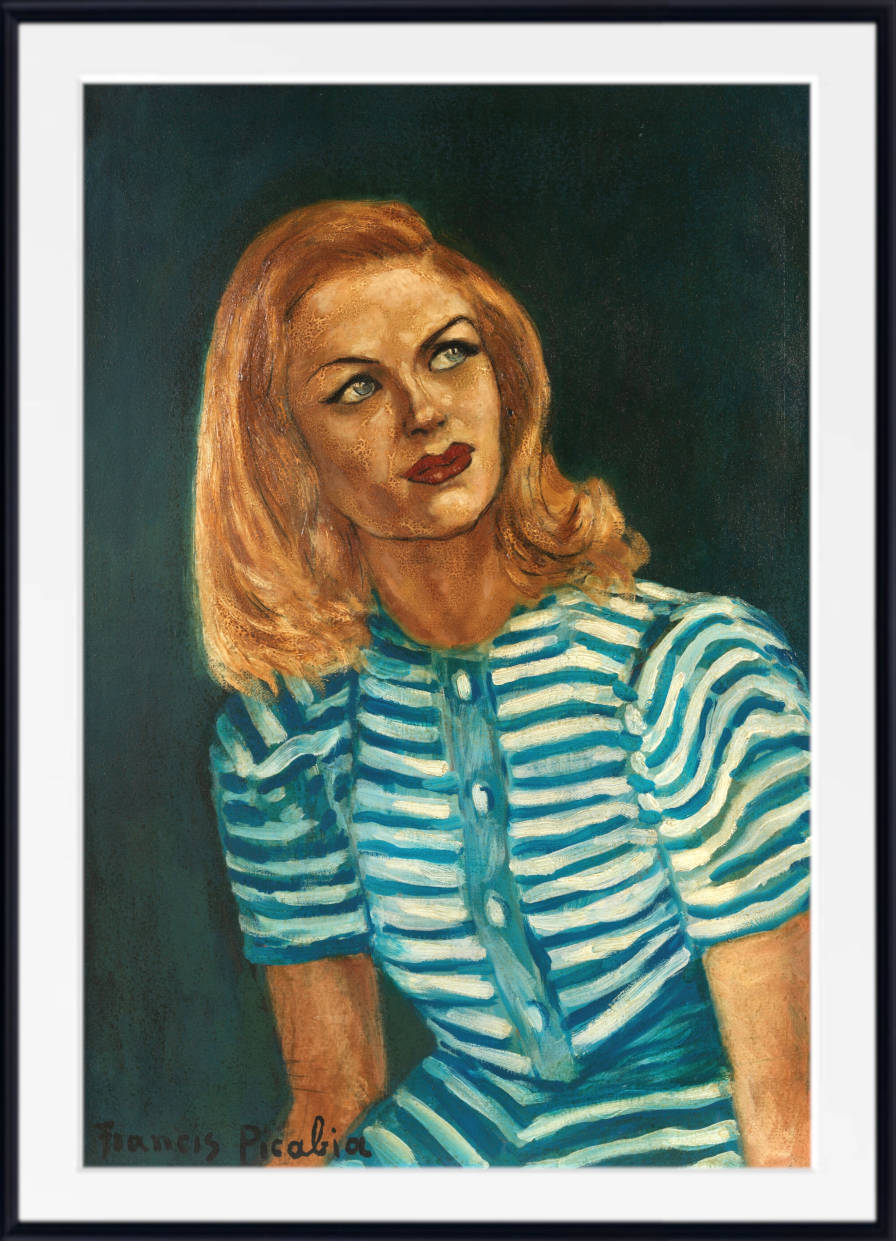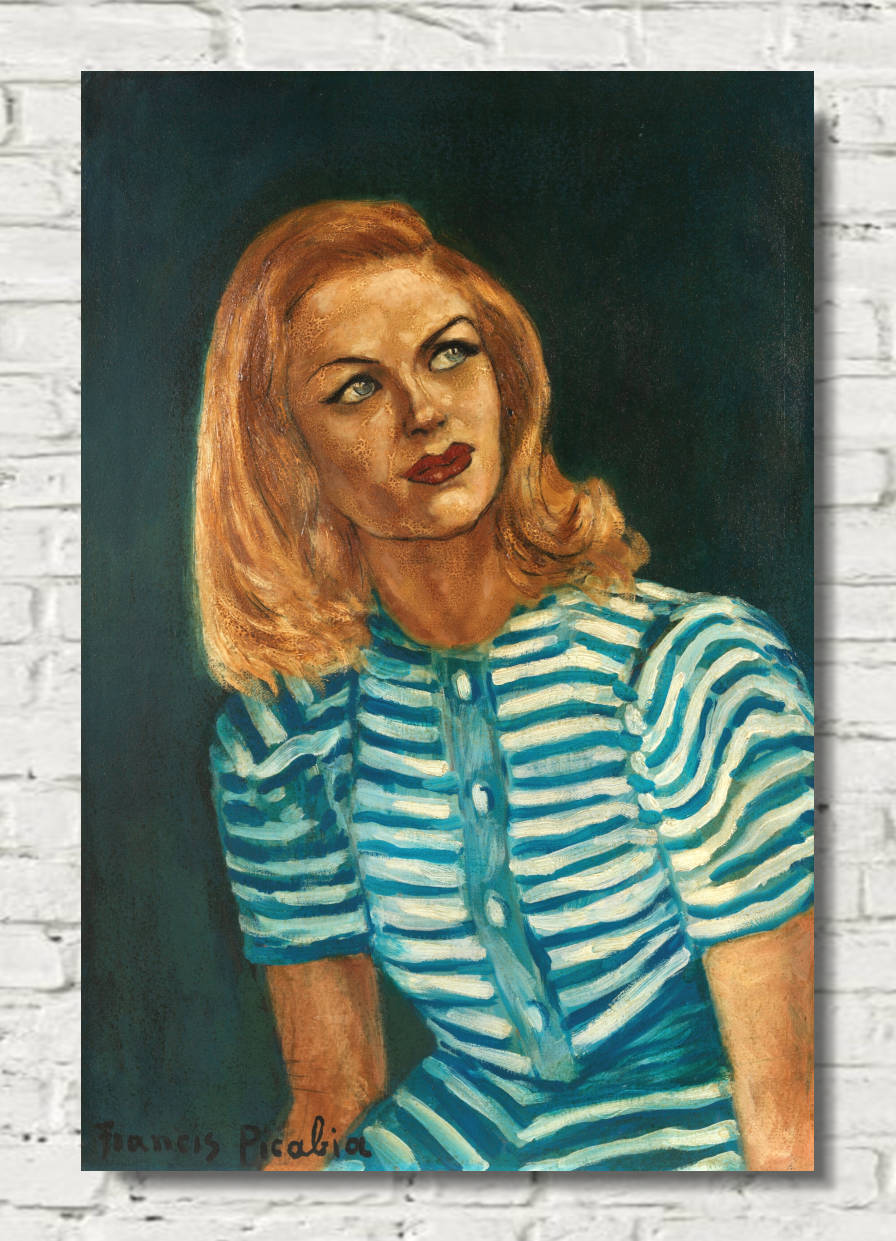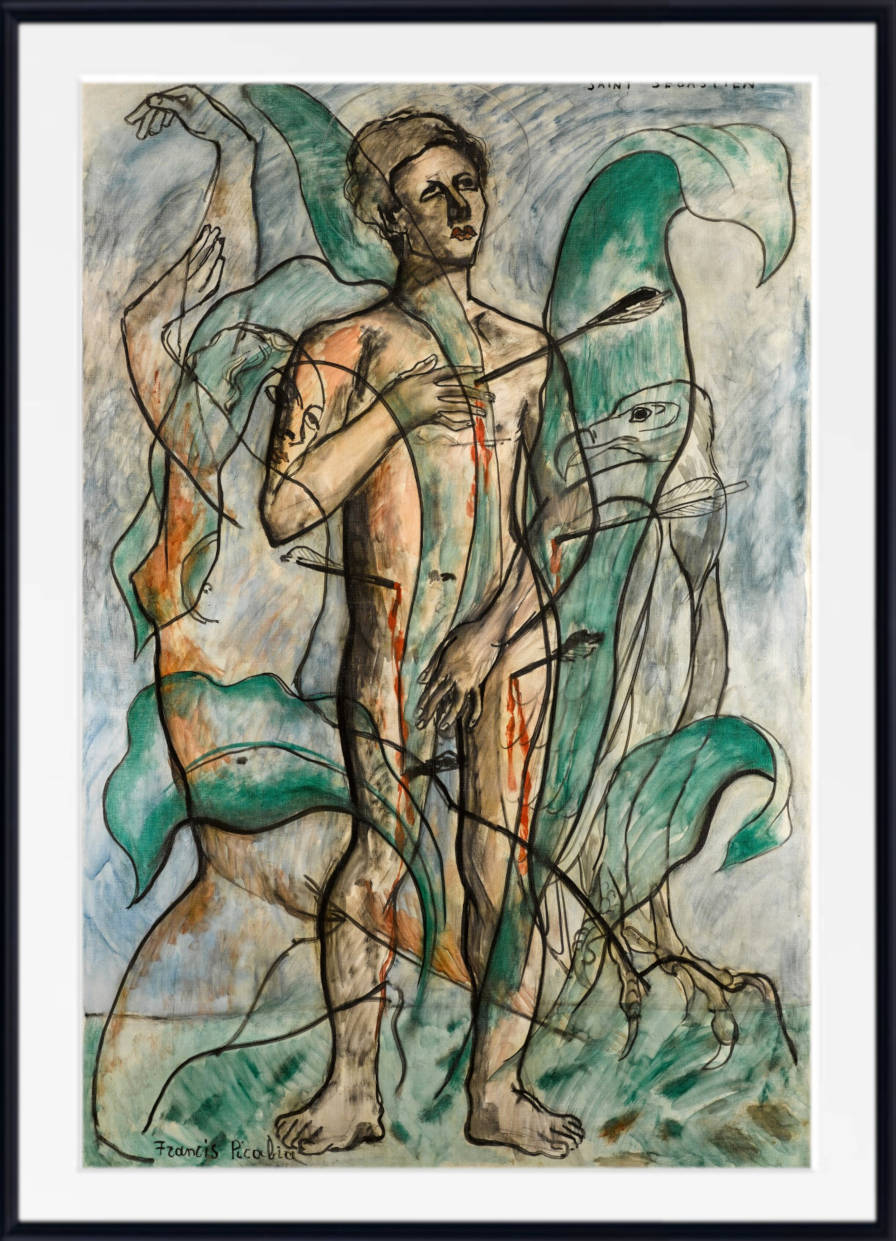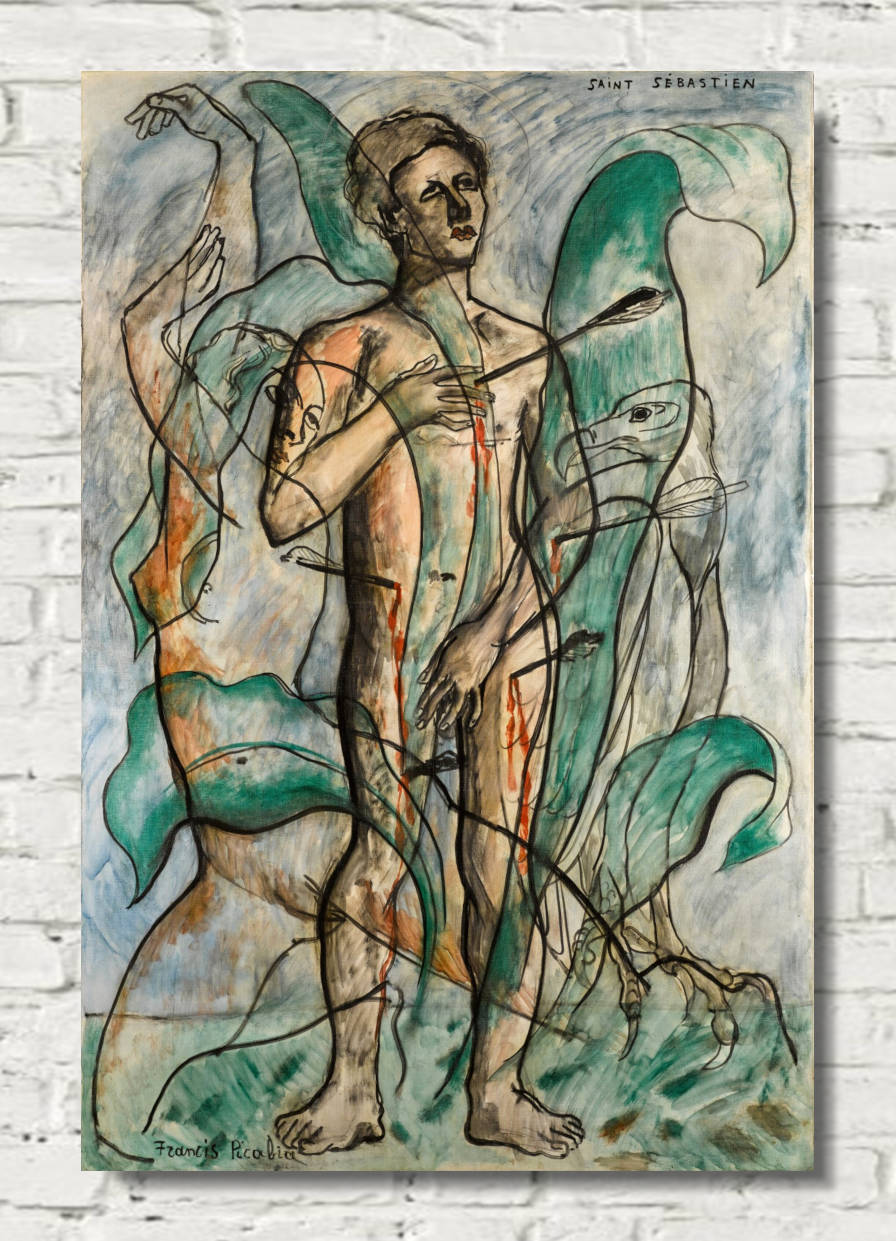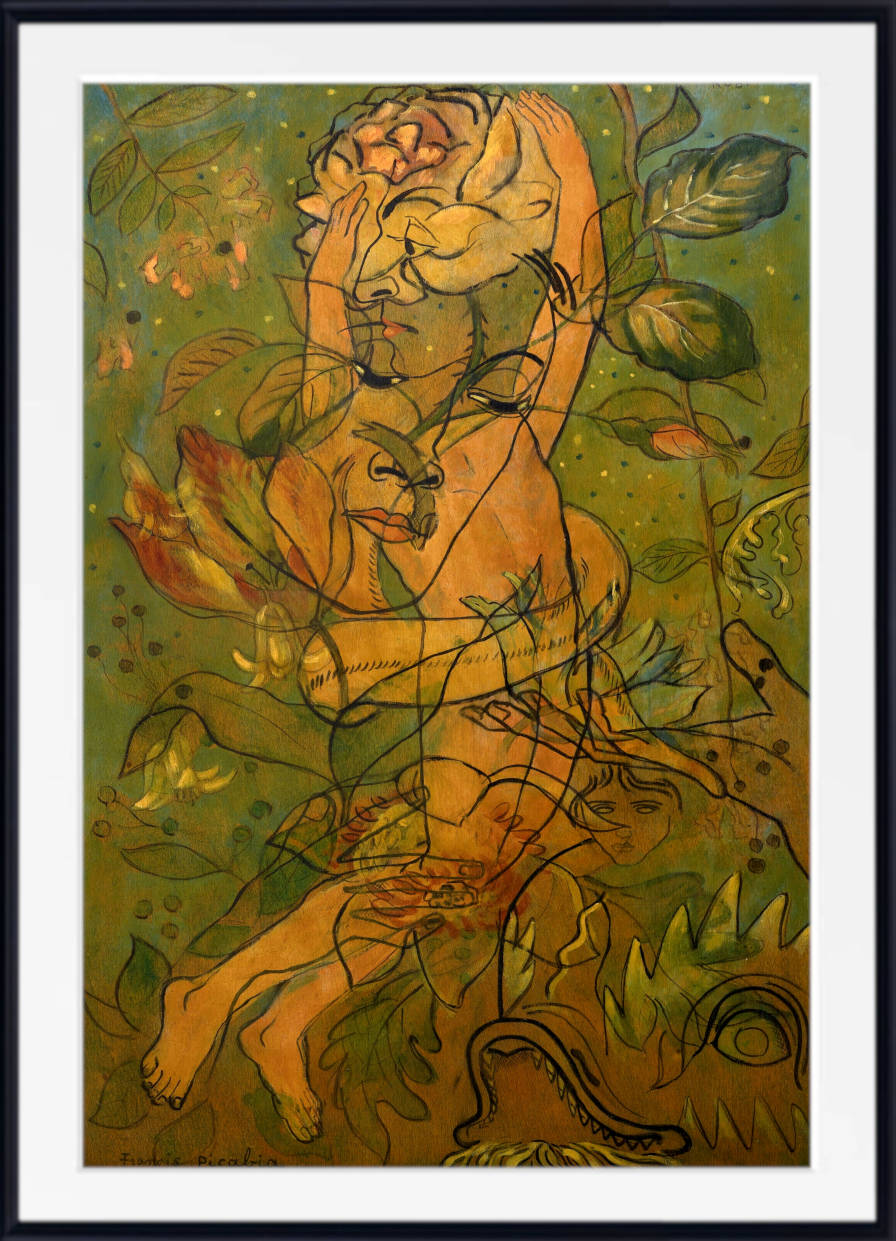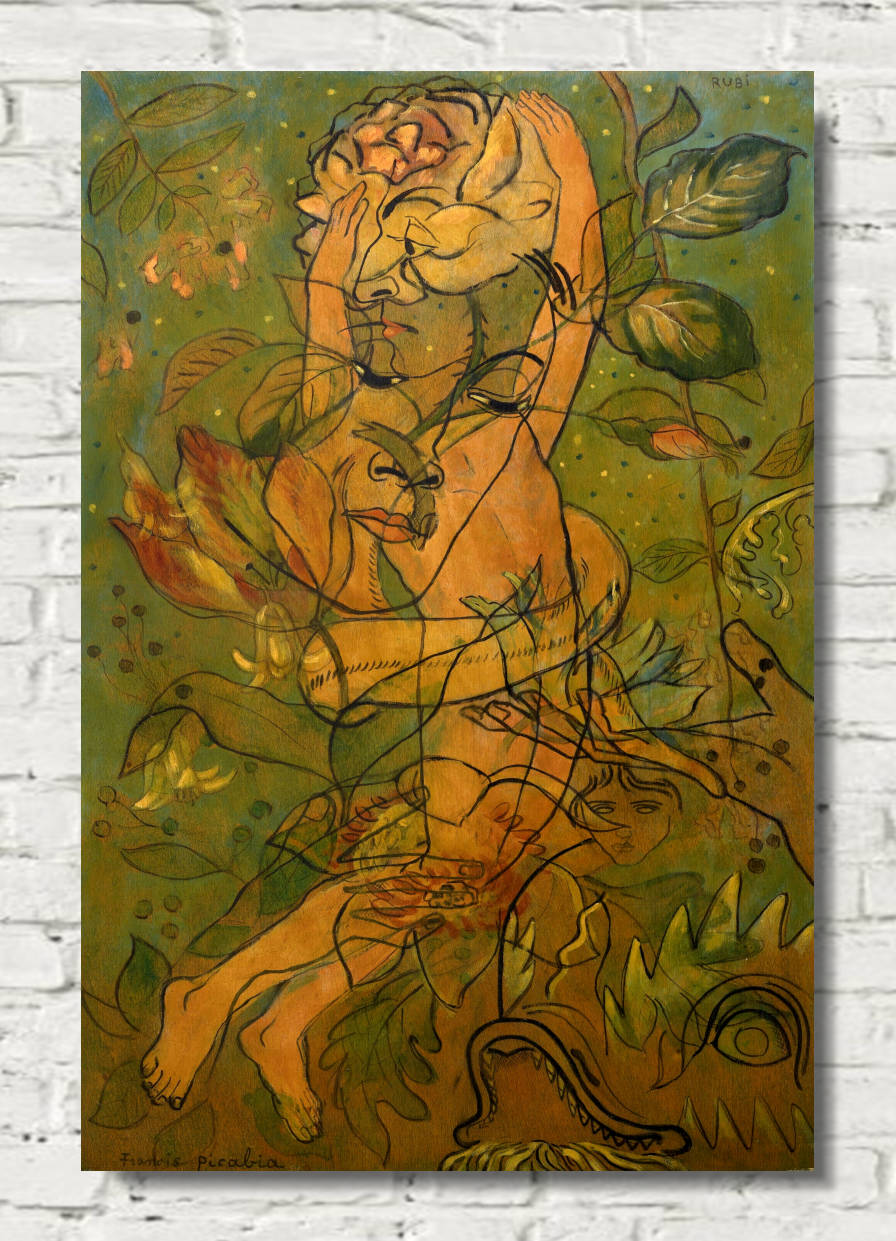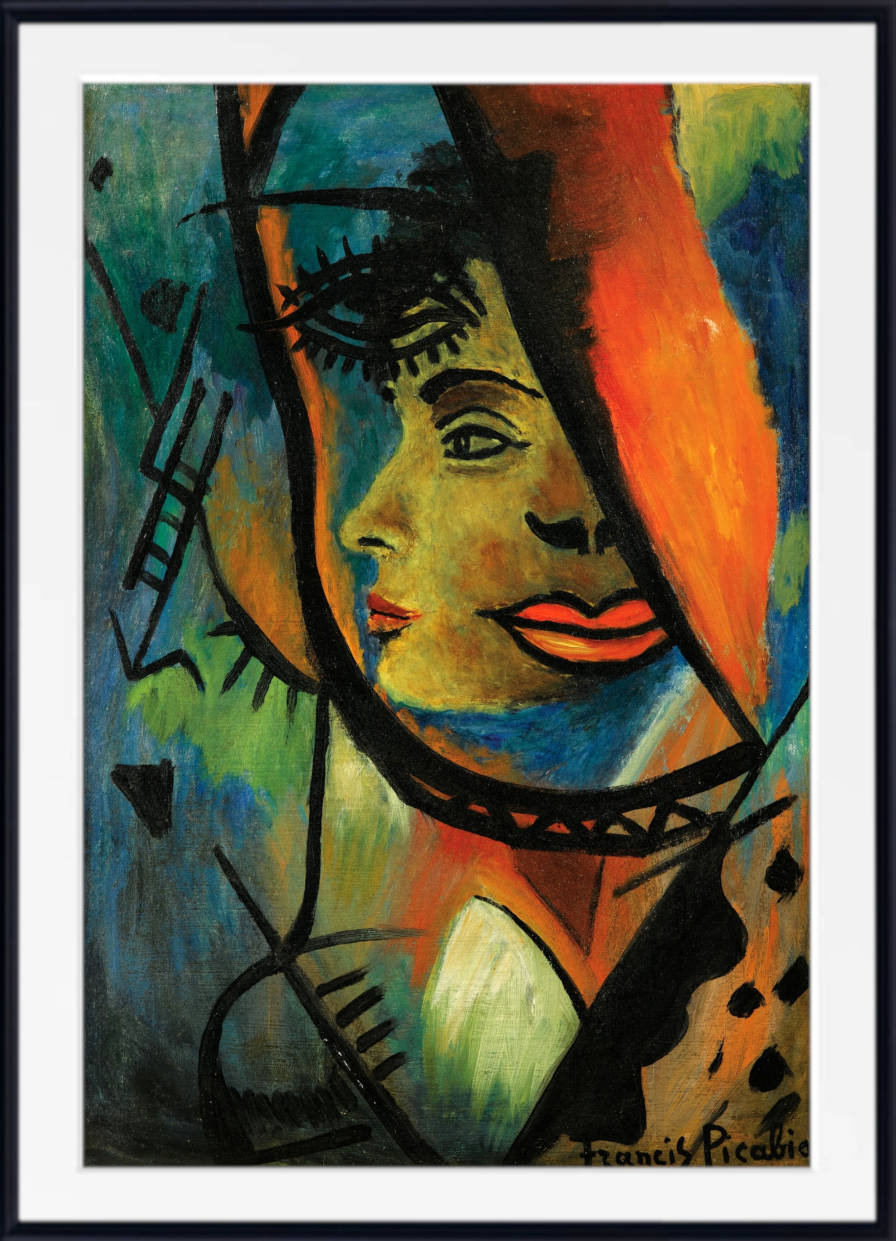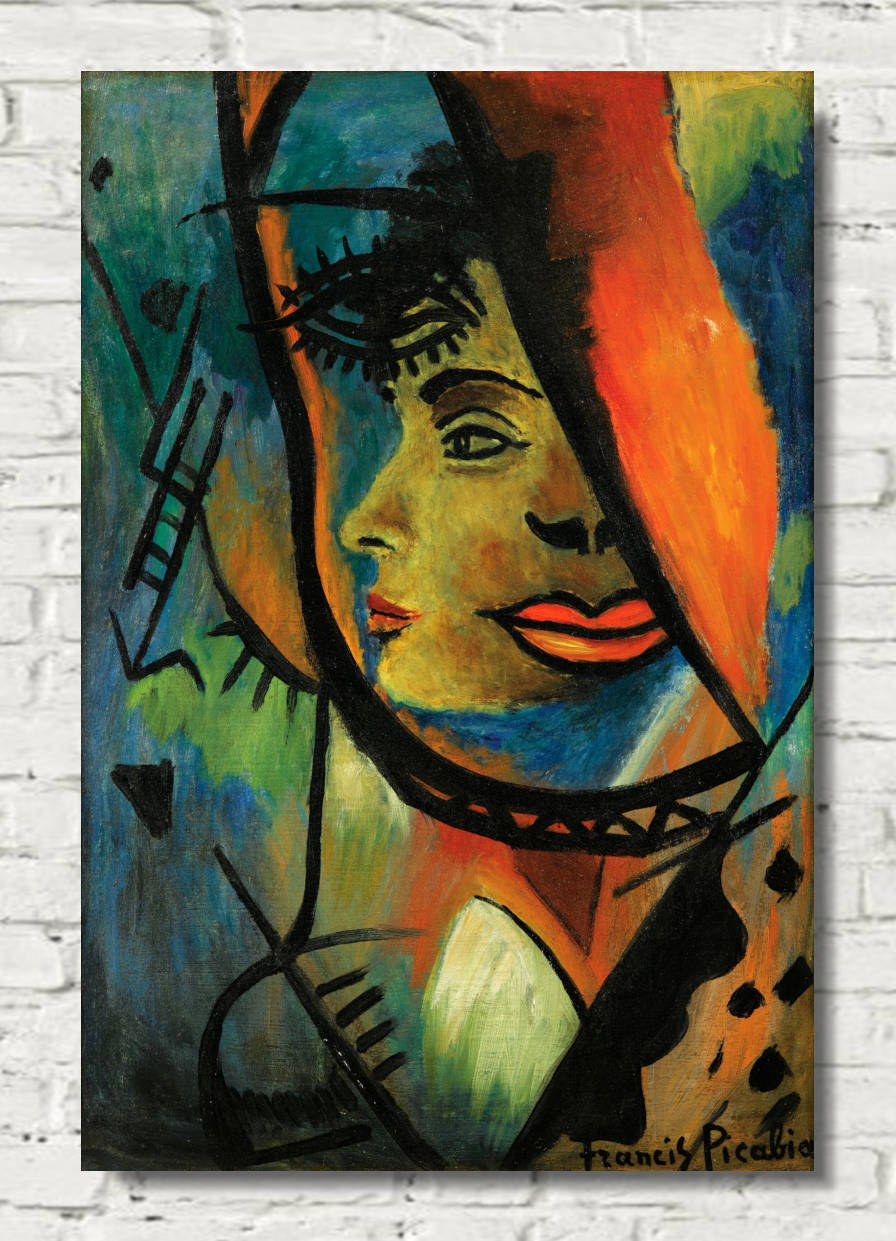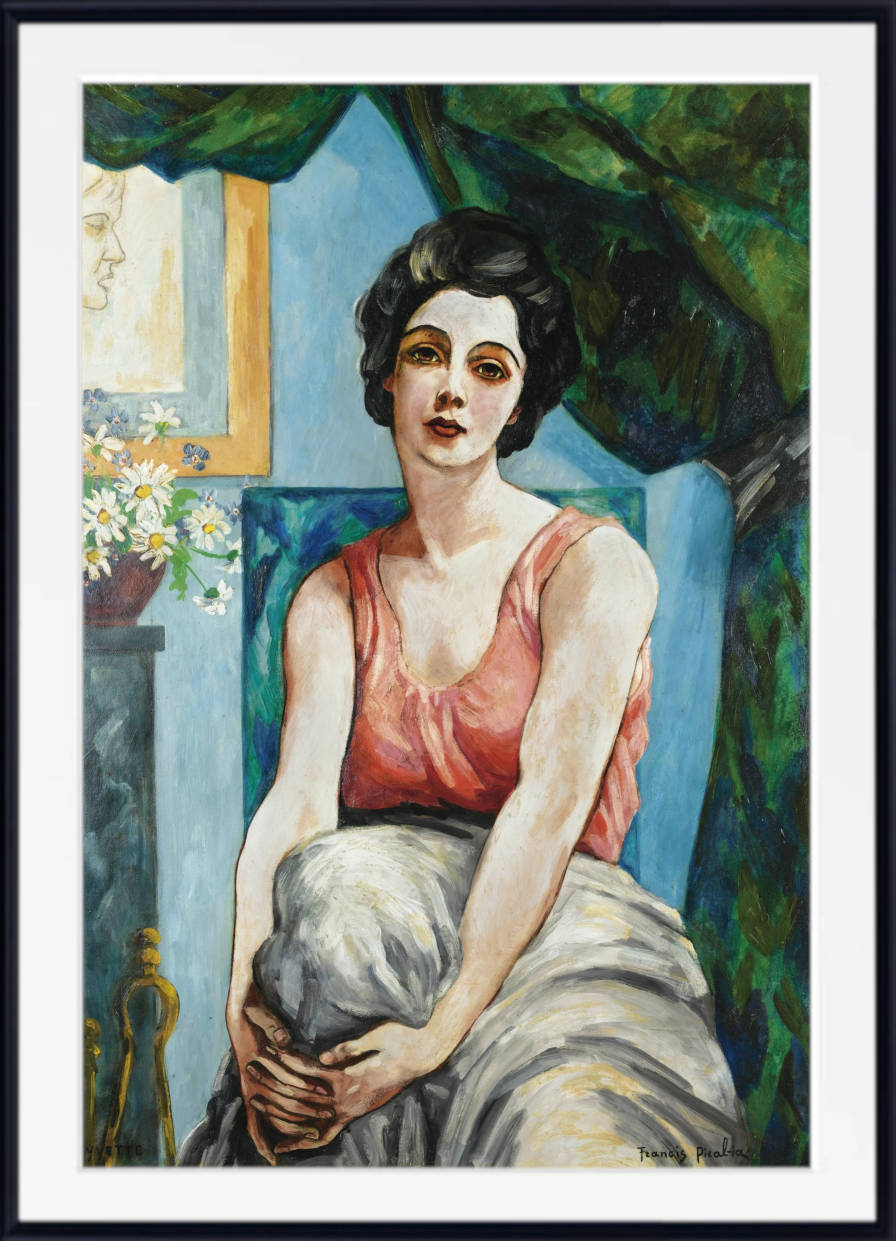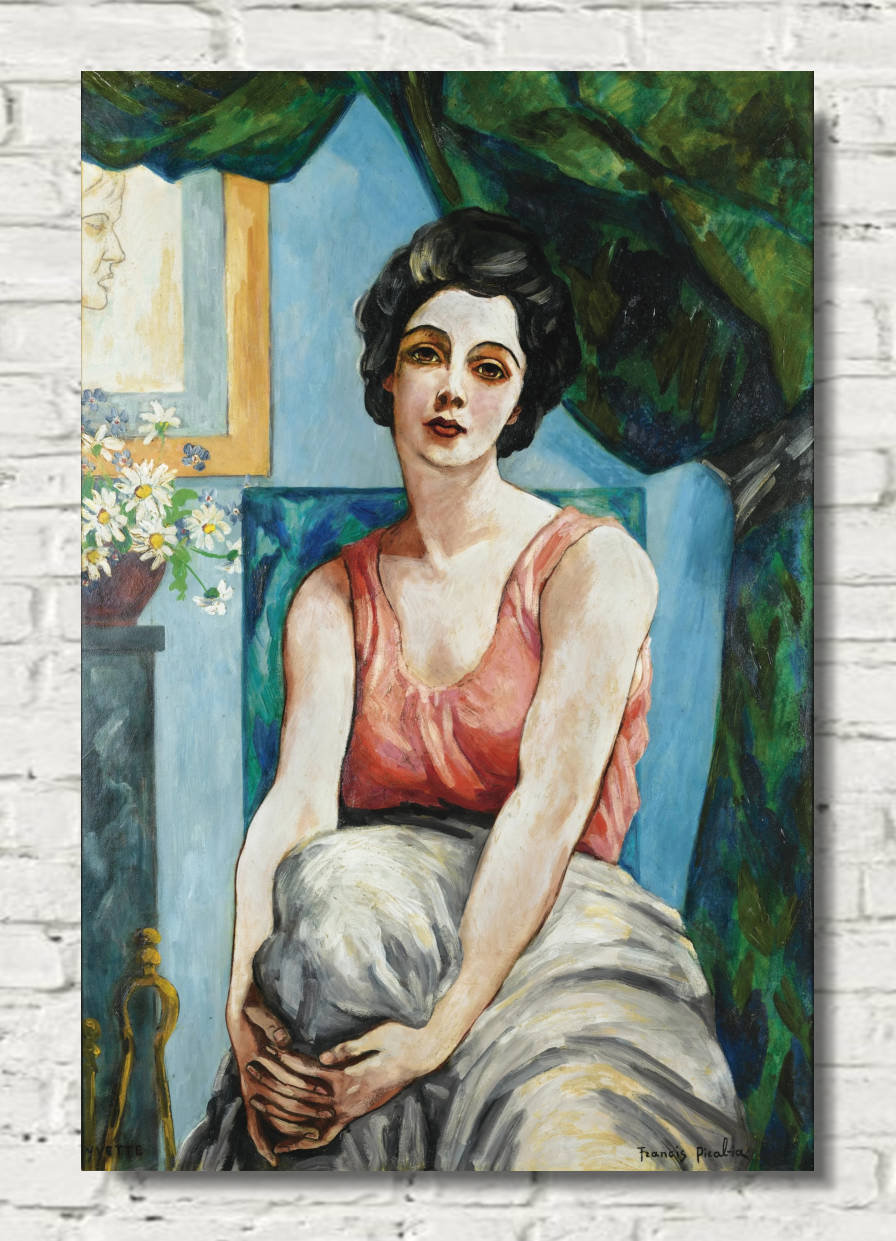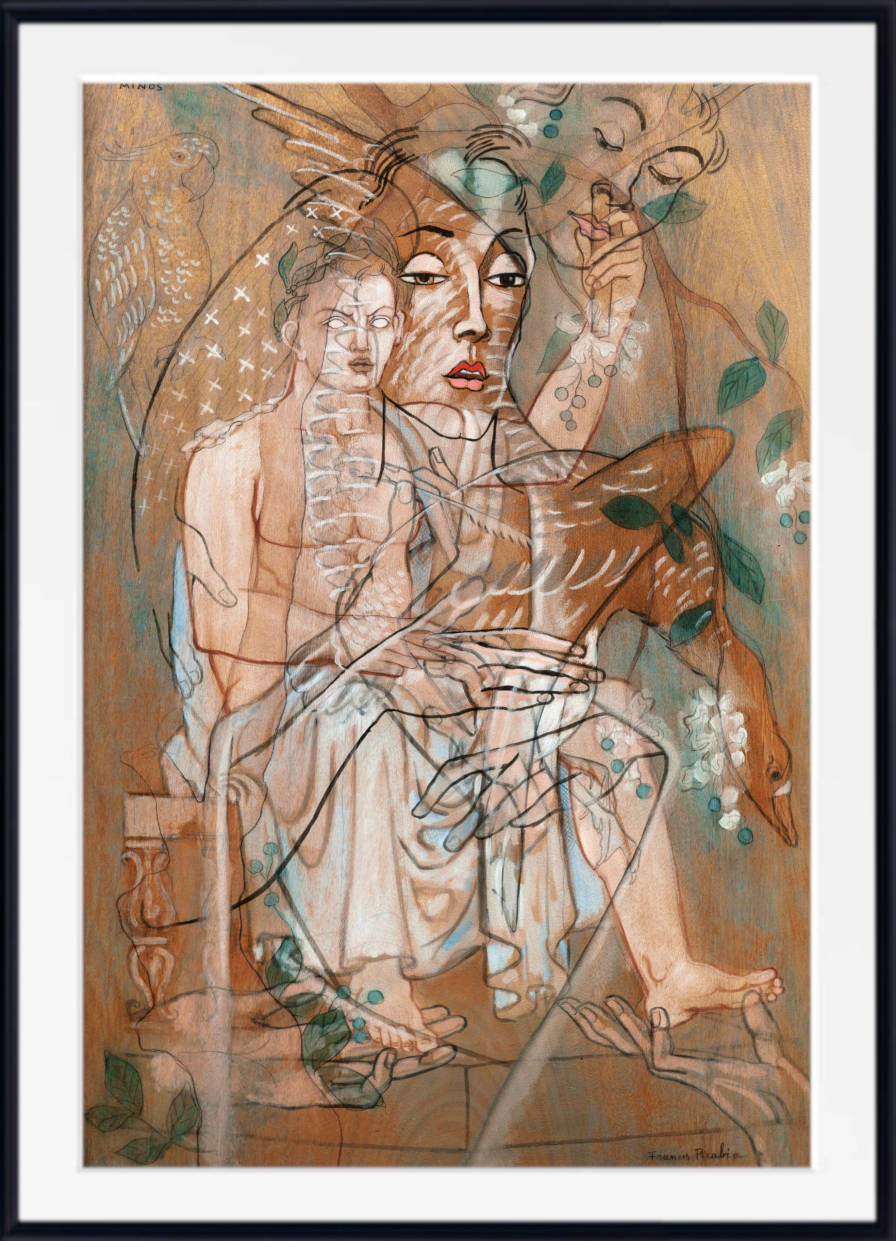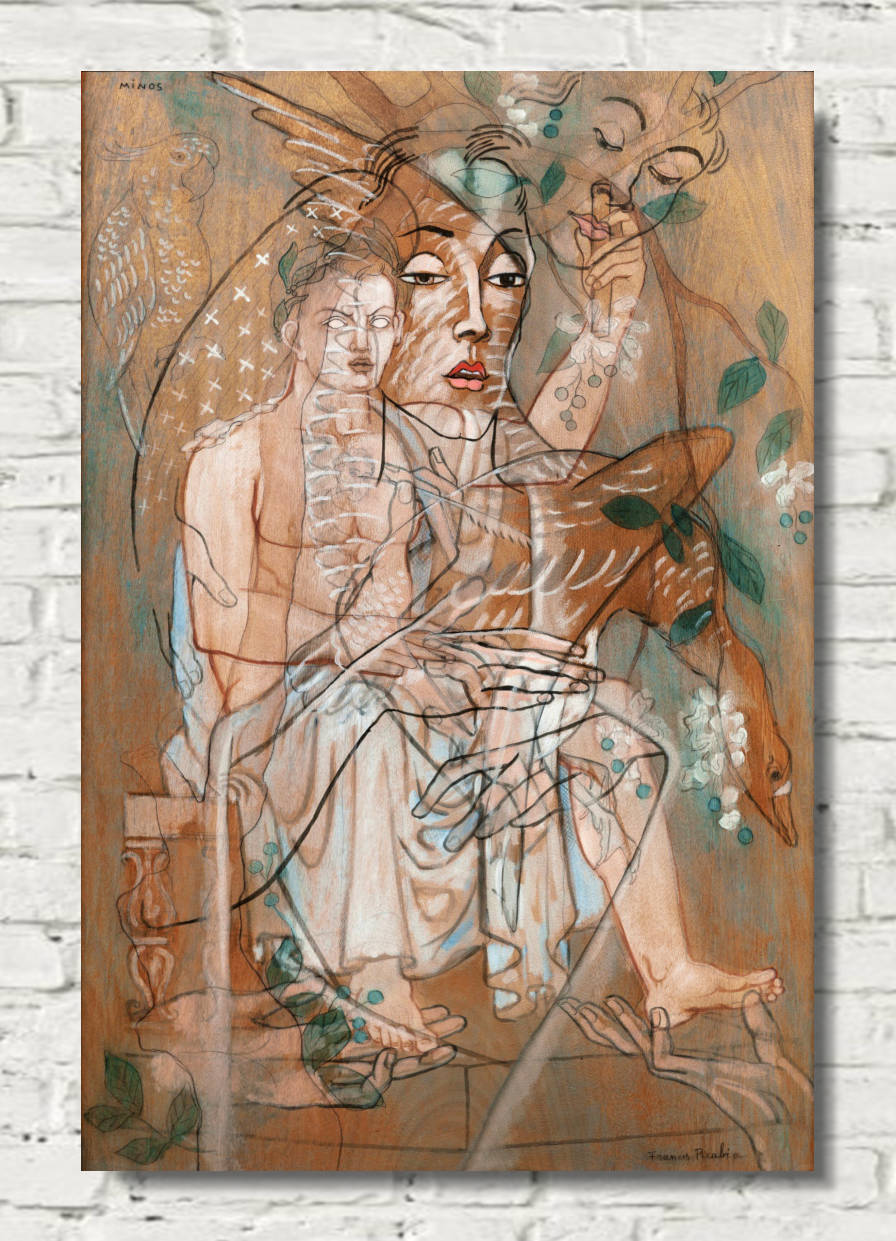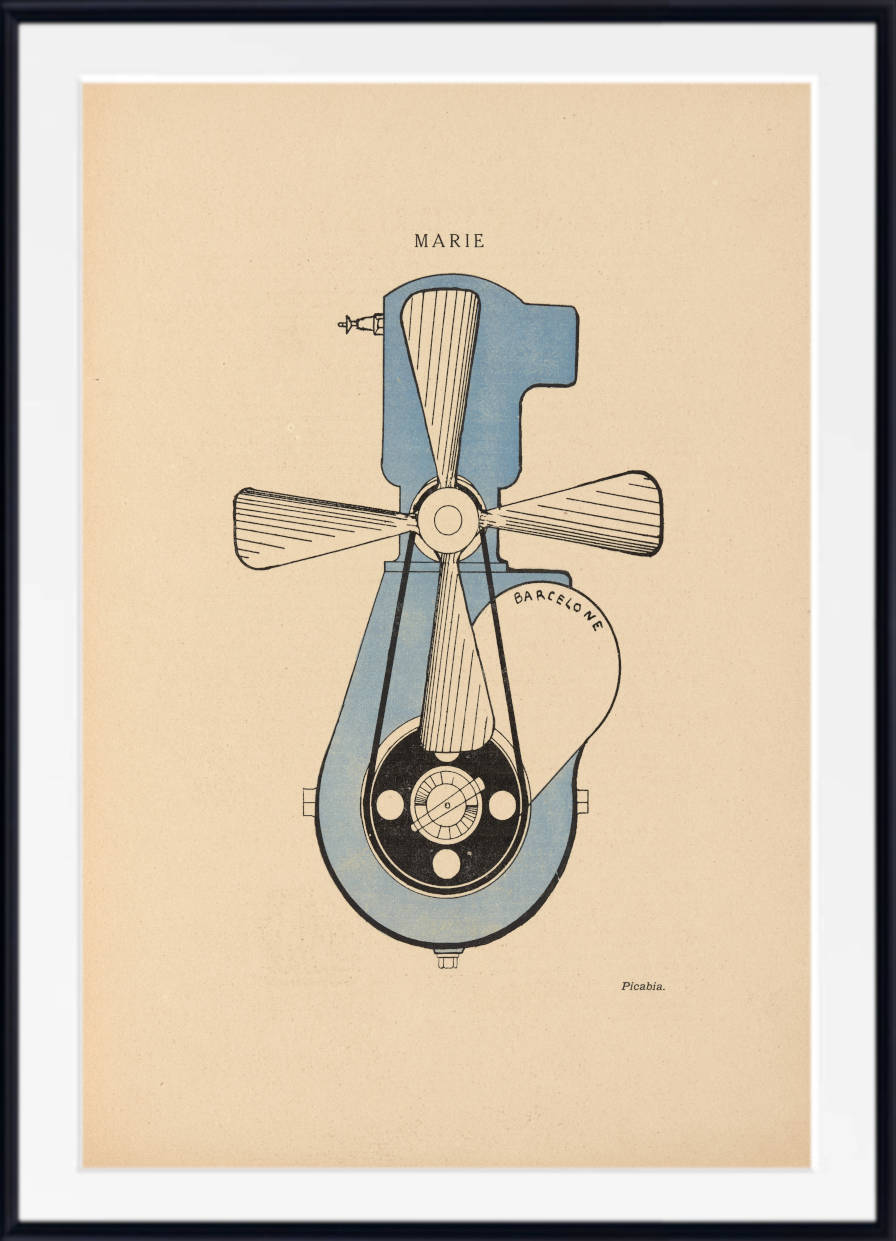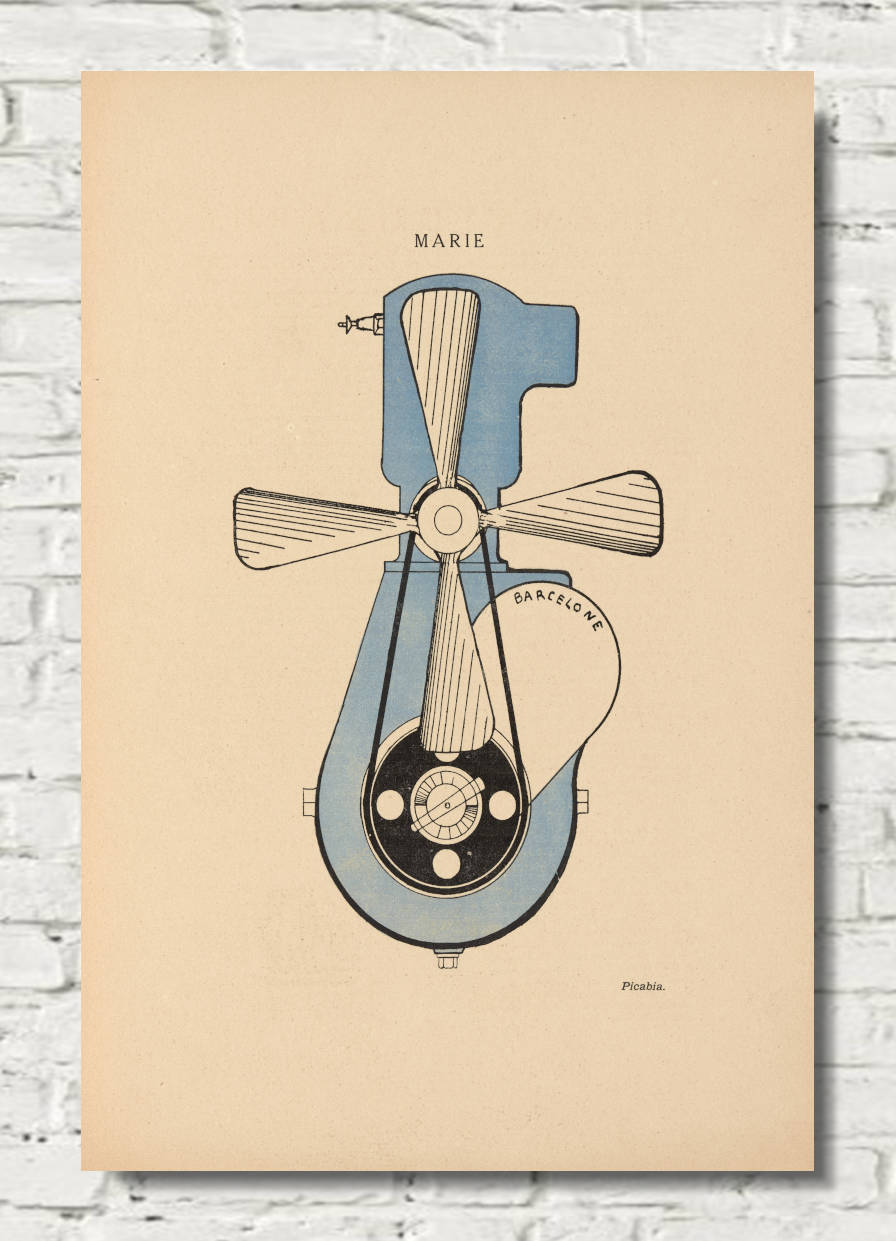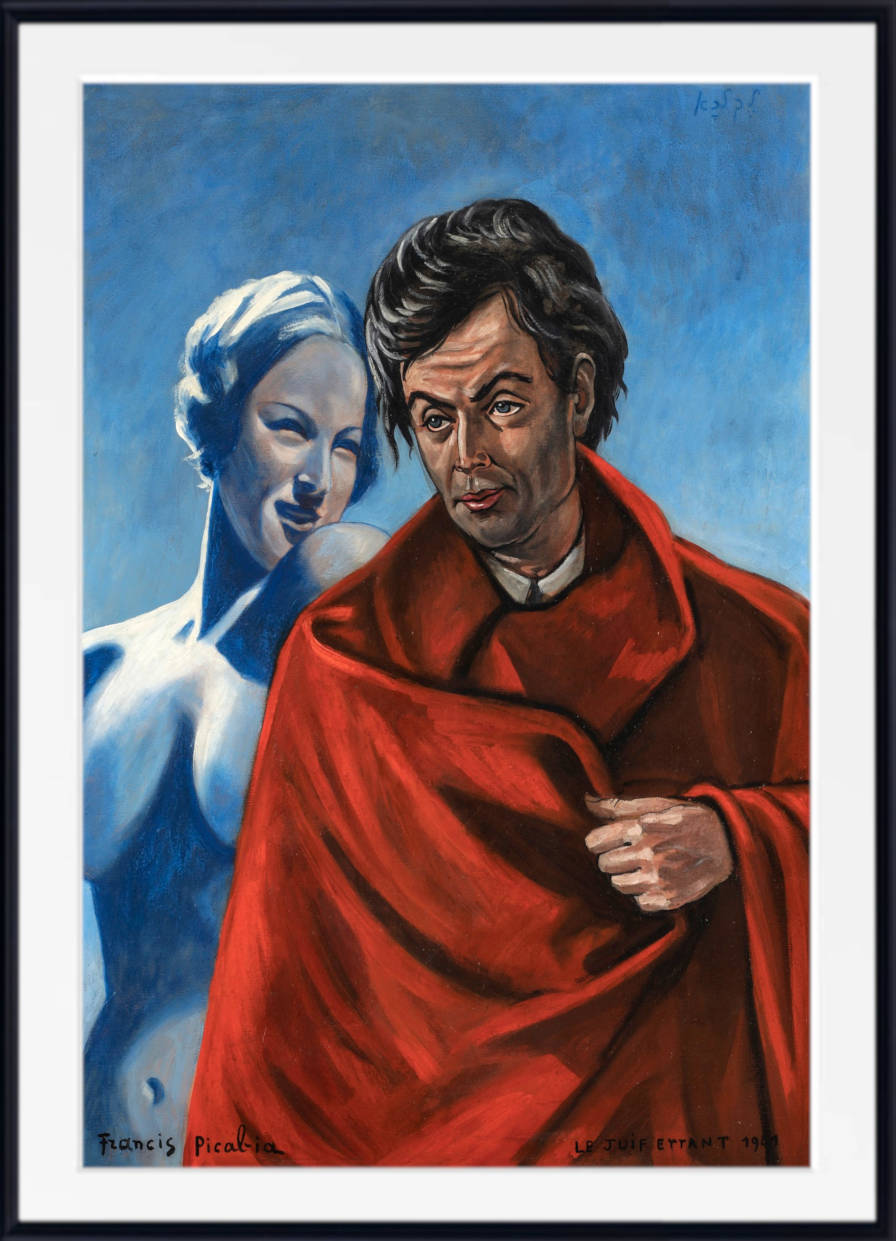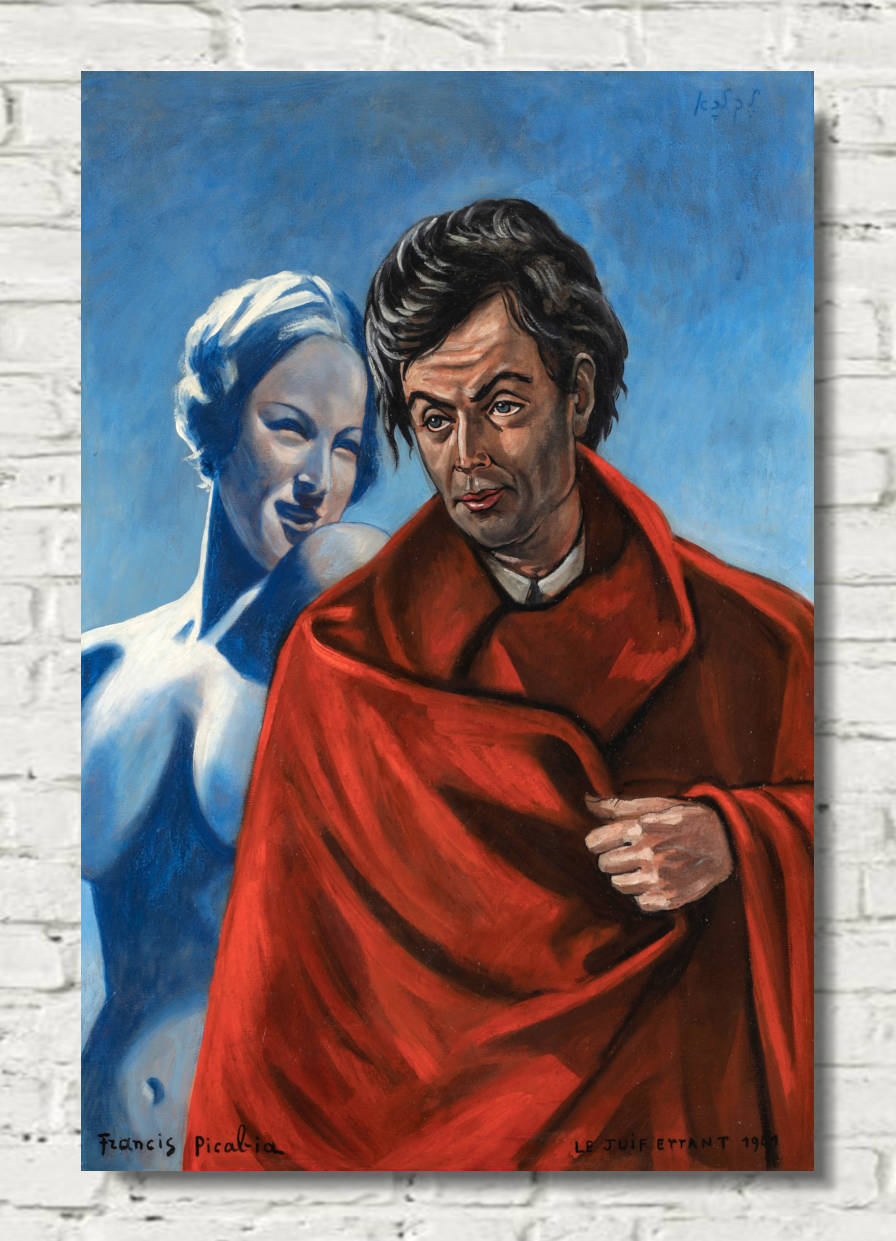Cyclope, Francis Picabia Monster Painting
Couldn't load pickup availability
BUY WITH CONFIDENCE
Cyclope, Francis Picabia Monster Painting
Gallery-Quality Prints of Francis Picabia Paintings: A Celebration of Avant-Garde Mastery
Bring the bold, innovative world of Francis Picabia into your space with stunning gallery-quality prints. Perfect for art enthusiasts and modern décor lovers, these meticulously crafted reproductions honor the pioneering genius of one of the most versatile figures in 20th-century art. Each print captures the vibrant details and intricate textures of Picabia's originals, ensuring an inspiring addition to any collection.
Francis Picabia: An Avant-Garde Visionary
Francis Picabia (1879–1953) was a French avant-garde artist whose career spanned an impressive array of styles and movements. A key figure in Dada and Surrealism, Picabia’s relentless experimentation made him one of the most dynamic and unpredictable artists of his era. He began his career with Impressionist and Fauvist works before delving into Cubism and abstract art. By the 1920s, he was an influential force in the Dada movement, using his art to challenge conventions and provoke new ways of thinking. This fearless spirit of reinvention earned him a reputation as an innovator whose works remain profoundly relevant in contemporary art discourse.
Francis Picabia’s Painting Style: Bold, Diverse, Revolutionary
Picabia's artistic journey defies categorization. He embraced multiple styles, moving seamlessly between abstraction, figurative art, and conceptual provocations. His early Impressionist works showcased delicate color and light, while his later abstract pieces explored dynamic geometric forms influenced by Cubism. During the Dada period, Picabia created witty, subversive works that integrated mechanical imagery and textual elements. His boldness extended to photorealistic nudes and controversial figurative paintings, each reflecting his refusal to adhere to a single artistic identity. With Picabia’s prints, you can celebrate this fearless creativity and eclecticism in your home or office.
The Transparency Series: Layers of Mystery and Meaning
One of Picabia’s most iconic contributions is the Transparency Series (1928–1932), characterized by overlapping forms, translucent layers, and enigmatic symbolism. These works merge classical motifs with modern abstraction, creating an ethereal, dreamlike quality that invites interpretation. The series reflects Picabia’s interest in the interplay between visible and hidden realities, offering a timeless visual experience. Gallery-quality prints of the Transparency Series highlight the subtleties of these multilayered compositions, allowing viewers to appreciate every detail of Picabia’s artistry.
Why Choose Our Francis Picabia Prints?
Our gallery-quality prints are produced with state-of-the-art technology on premium materials to ensure vibrant colors, sharp details, and archival longevity. Whether you prefer the provocative energy of his Dada works or the poetic allure of the Transparency Series, these prints will transform your space with the brilliance of Picabia's genius.
Explore our collection today and own a piece of art history!
All orders for unframed fine art prints and original paintings are dispatched within 2 working days of receipt of payment.
Orders for custom framed prints are dispatched within 4 working days.
All orders are fully tracked from dispatch to delivery at your home or business.
All print and original painting orders are fully insured against loss or damage in transit. We refund or replace any damaged or lost orders.
Buy with confidence - read what our satisfied customers have to say - Reviews
Fine art papers are printed without any additional white border Please let us know at the time of ordering if you would like a small additional white border.
Rolled canvas options have an additional white border of approximately 2.5 inches (7cm) on all 4 sides to aid stretching.
Ready to hang canvas panels are stretched on 1.5 inch deep solid pine frames from sustainable forestry sources. The image is mirrored on all 4 sides to give an aesthetically pleasing finish.
Why not have us gift wrap your order and attach a personalised message to the recipient. Available for all orders. Each order is hand wrapped in high quality gift wrap with meatllic ribbon and bow. Your personalised message is printed on a card which is included with your order.
Have your hand wrapped gift delivered directly to the recipient.
Full tracking and insurance included with every order.
Please note design may vary depending upon availability
Just purchase the gift wrap option HERE
We have a wide range of frames in standard sizes and we also make custom size frames.
To order a framed print:
1. select the print size you would like along with the print materials (matte paper, fine art paper).
2. Add your print choice to the basket.
3. Choose from our range of frames
4. Select the same size as the print you have added to your basket. If the frame size you want is not listed please contact us
5. Choose from the mount or no-mount option
6. Add your frame choice to the basket
7. Proceed to checkout.
Why Choose GalleryThane?
- Printed and framed in-house
- Free UK delivery
- Free EU and USA delivery on orders over £200
- Tracking and insurance included in every order
- Fast 1-3 day dispatch
- Gift wrapping service available
- Gallery quality materials
- Sustainable, eco-friendly packaging
- Great customer support
What makes our Prints and Canvas Panels so special

Latest Giclee Printing Technology
We have invested in the latest wide format print technology to produce museum quality giclee prints utilising the highest quality pigment inks to give outstanding colour reproduction.

Museum Quality Archival Fine Art Papers
We print on the finest quality fine art papers with textured, smooth and lustre finishes for prints which last a lifetime.
From aceo miniatures to 40x80 inch large format, every print has our lifetime quality guaranteee.

Solid Wood Frames, Cotton Canvas
All of the wood for our canvas panels and frames is responsibly sourced from manages forests. Our cotton canvas is completely seedless for the highest quality reproduction possible.

